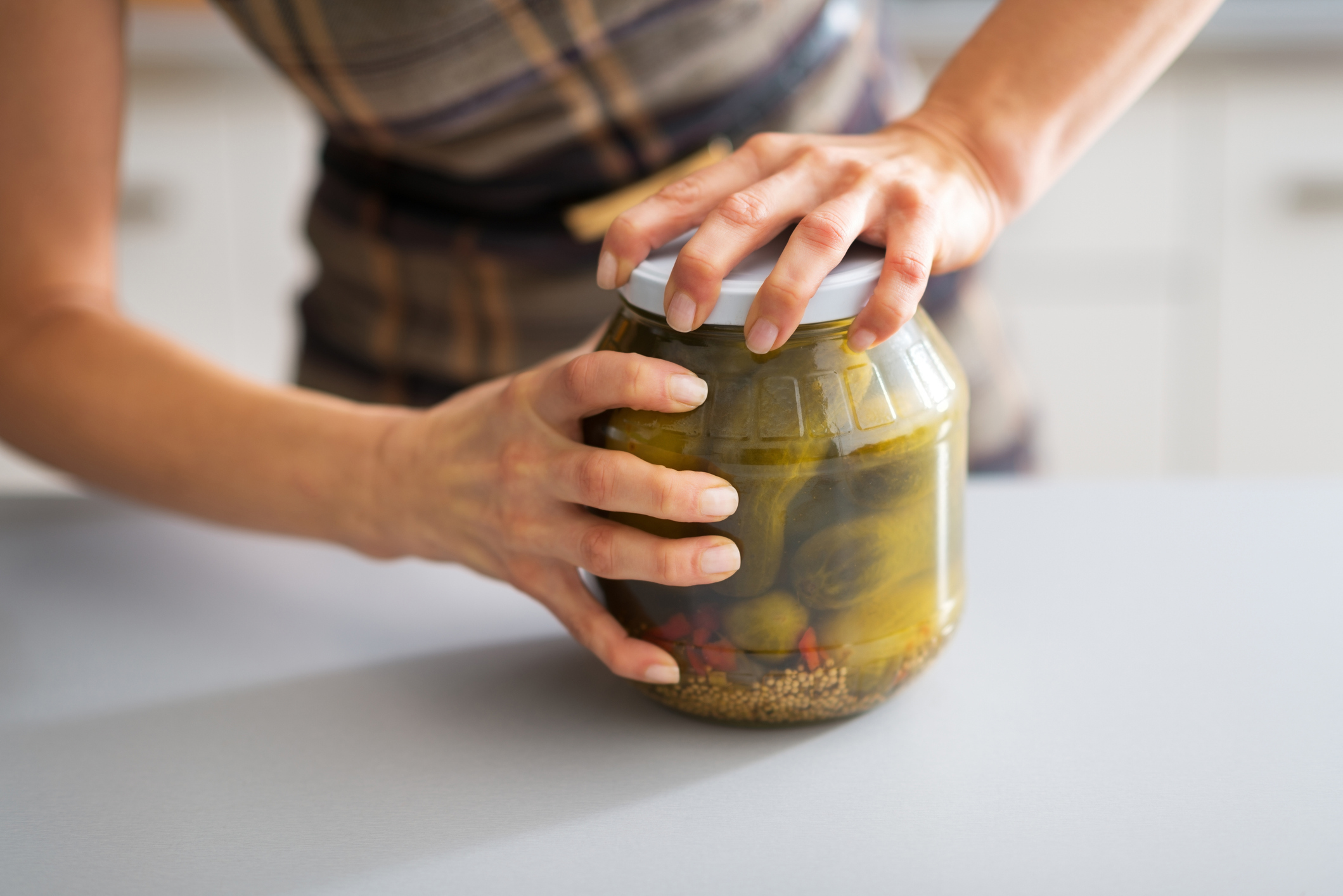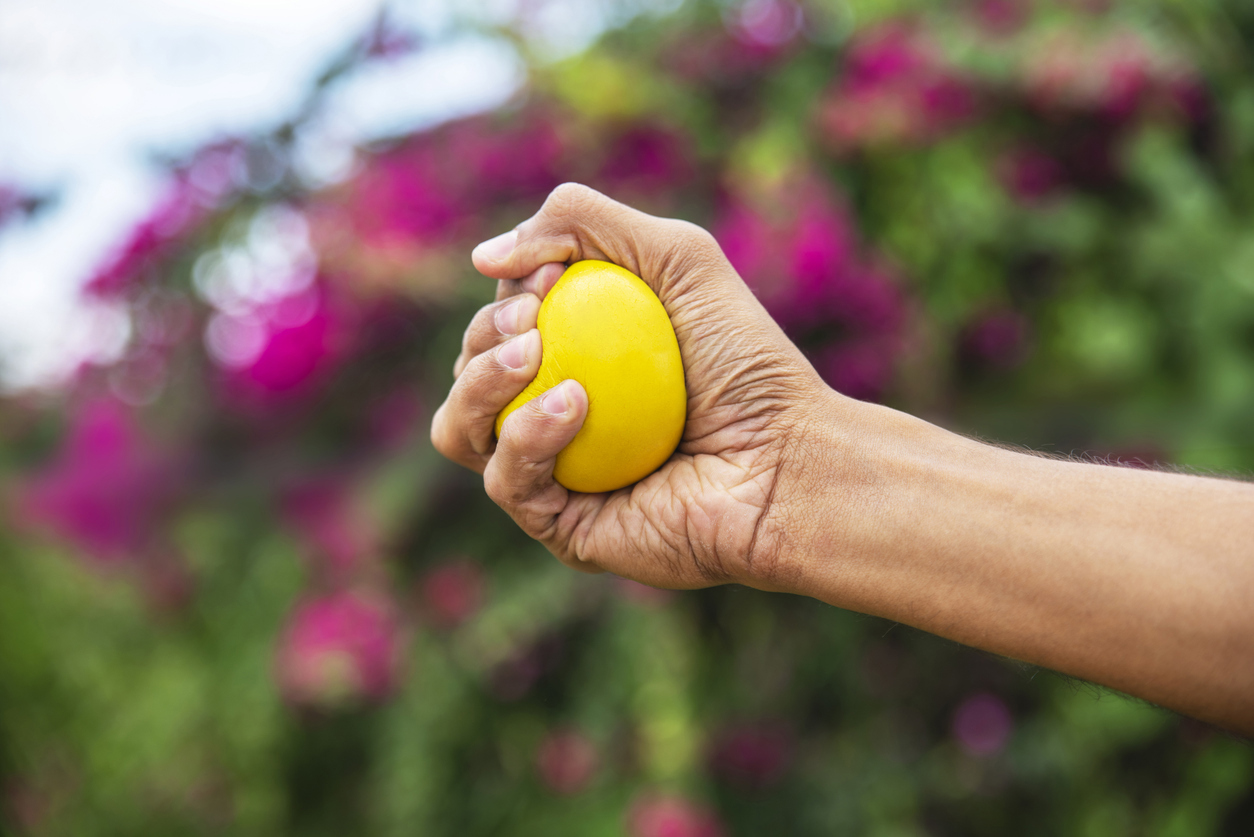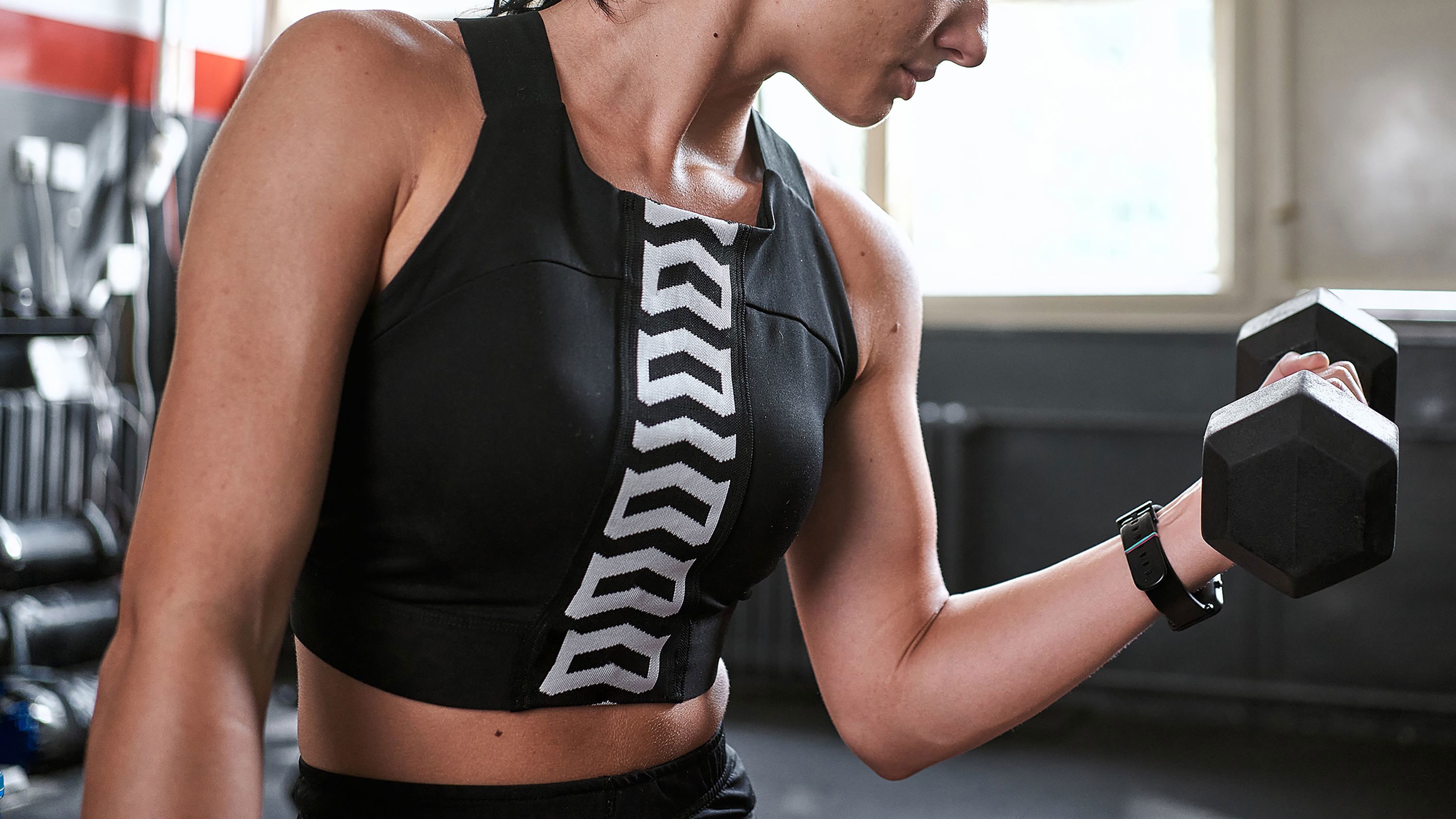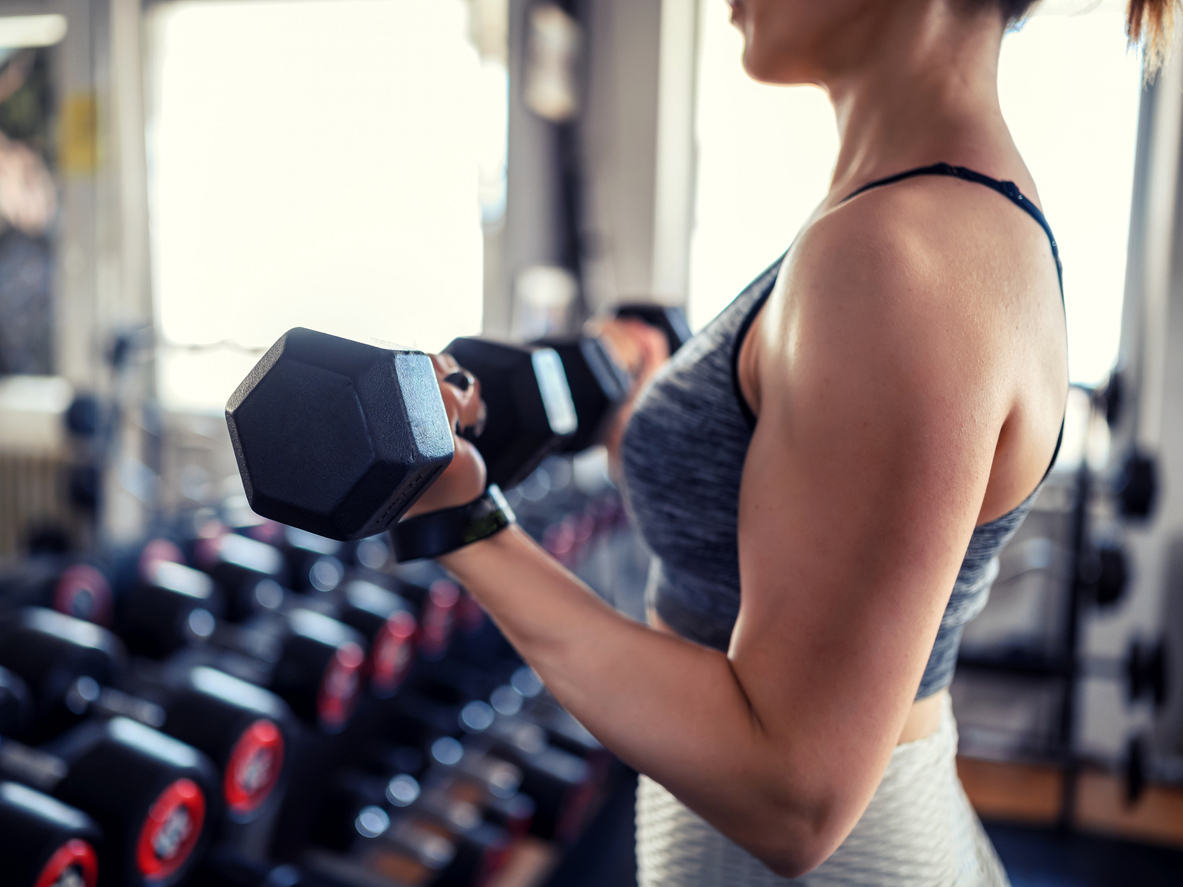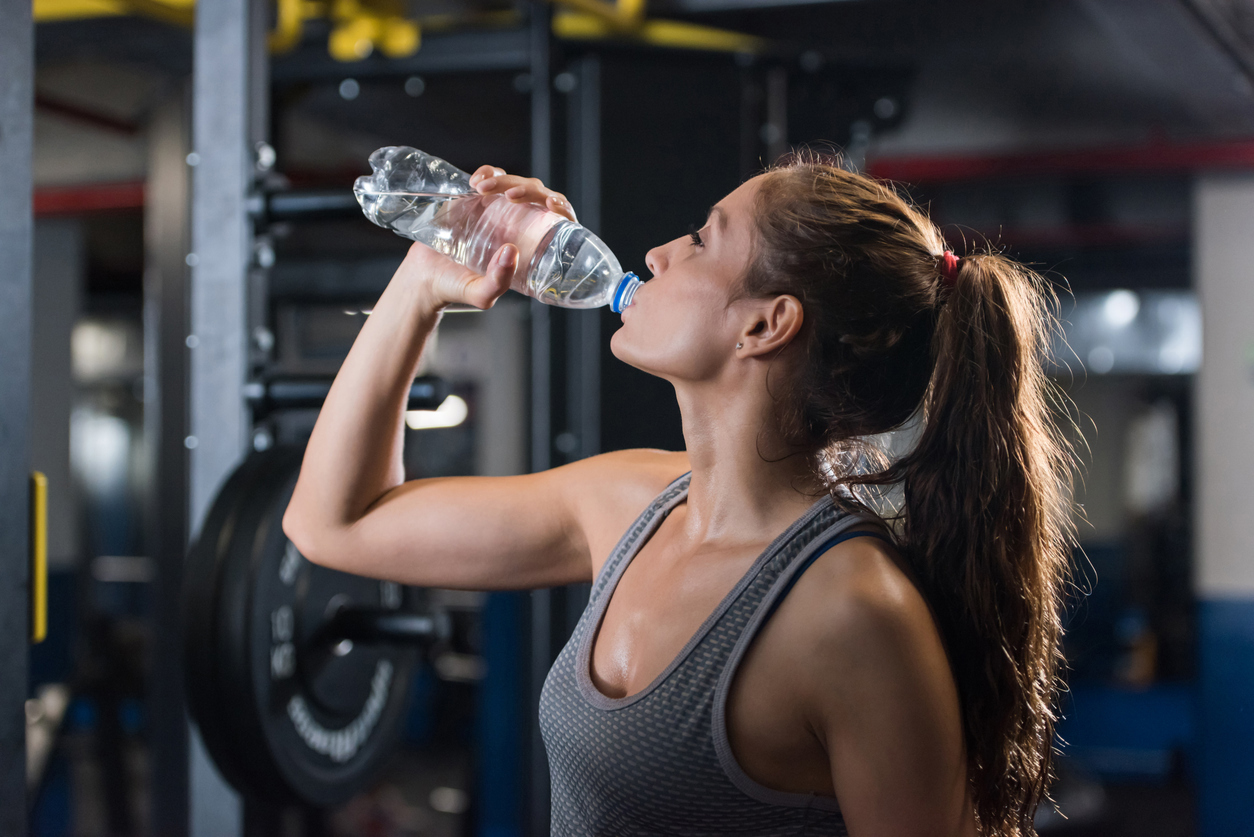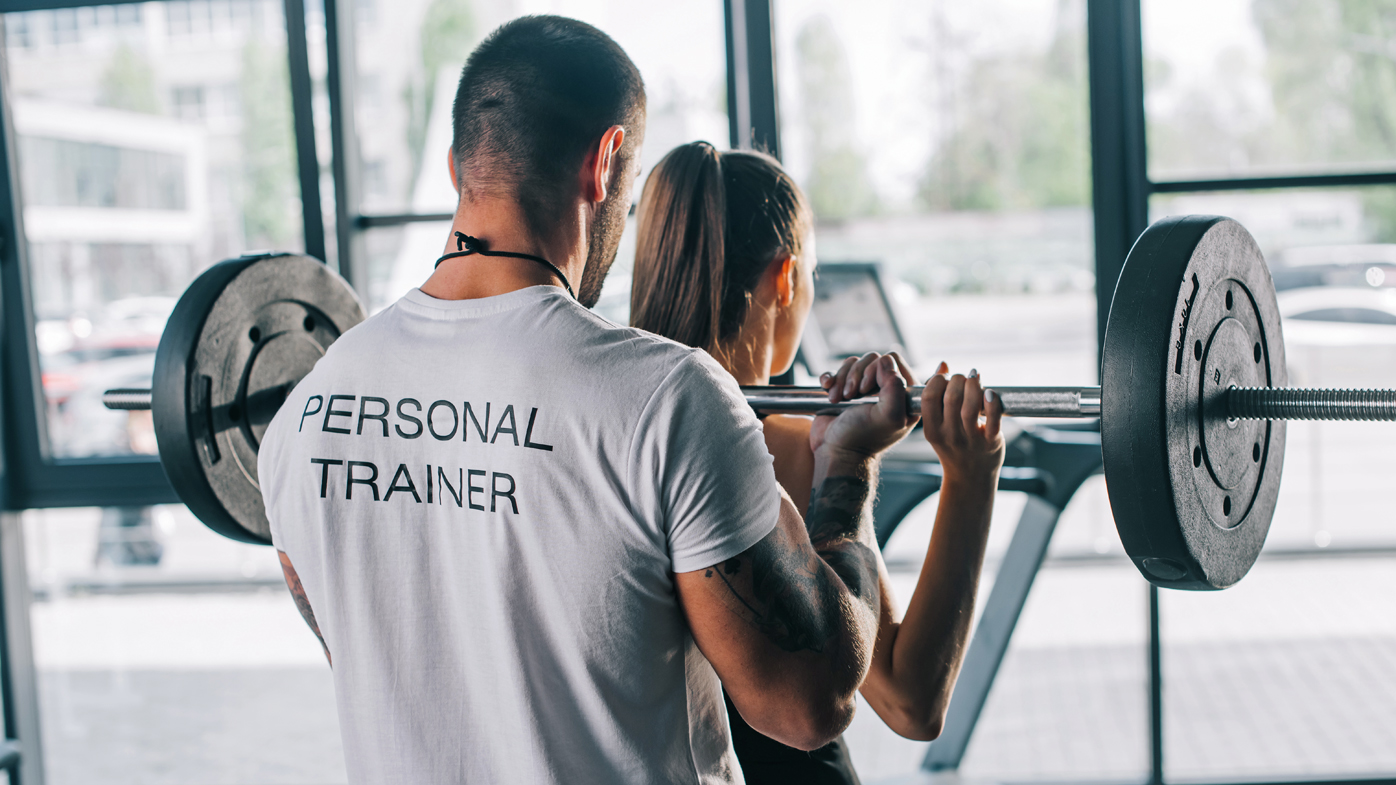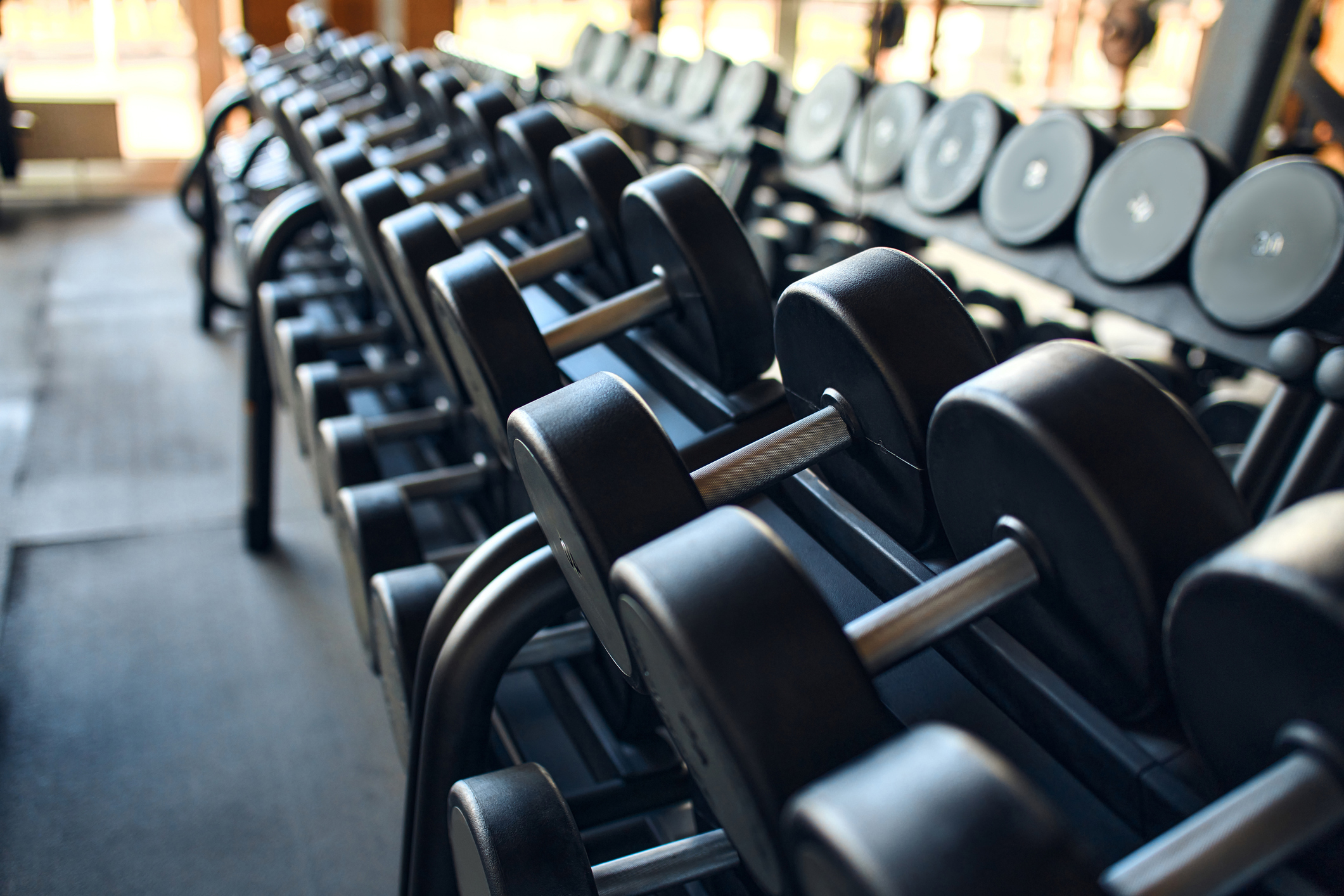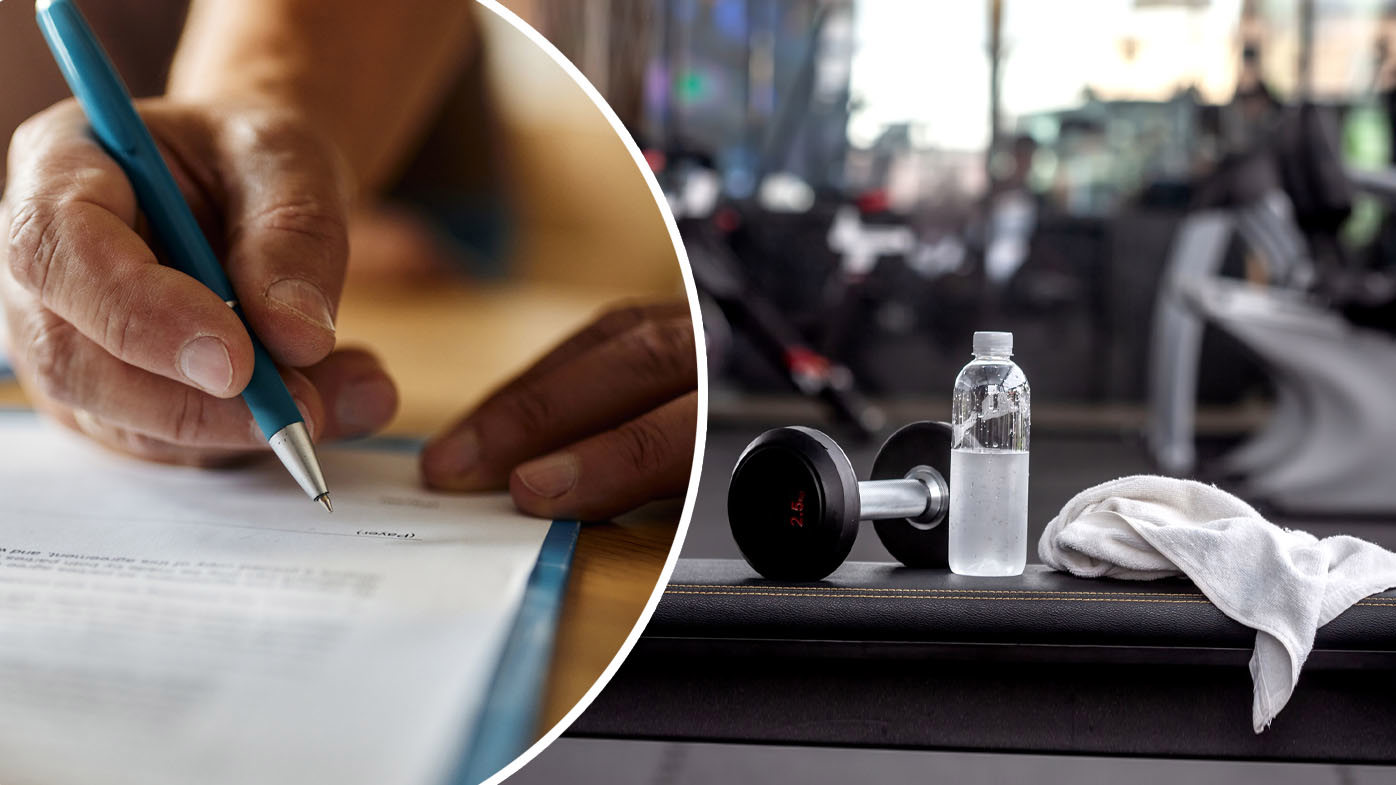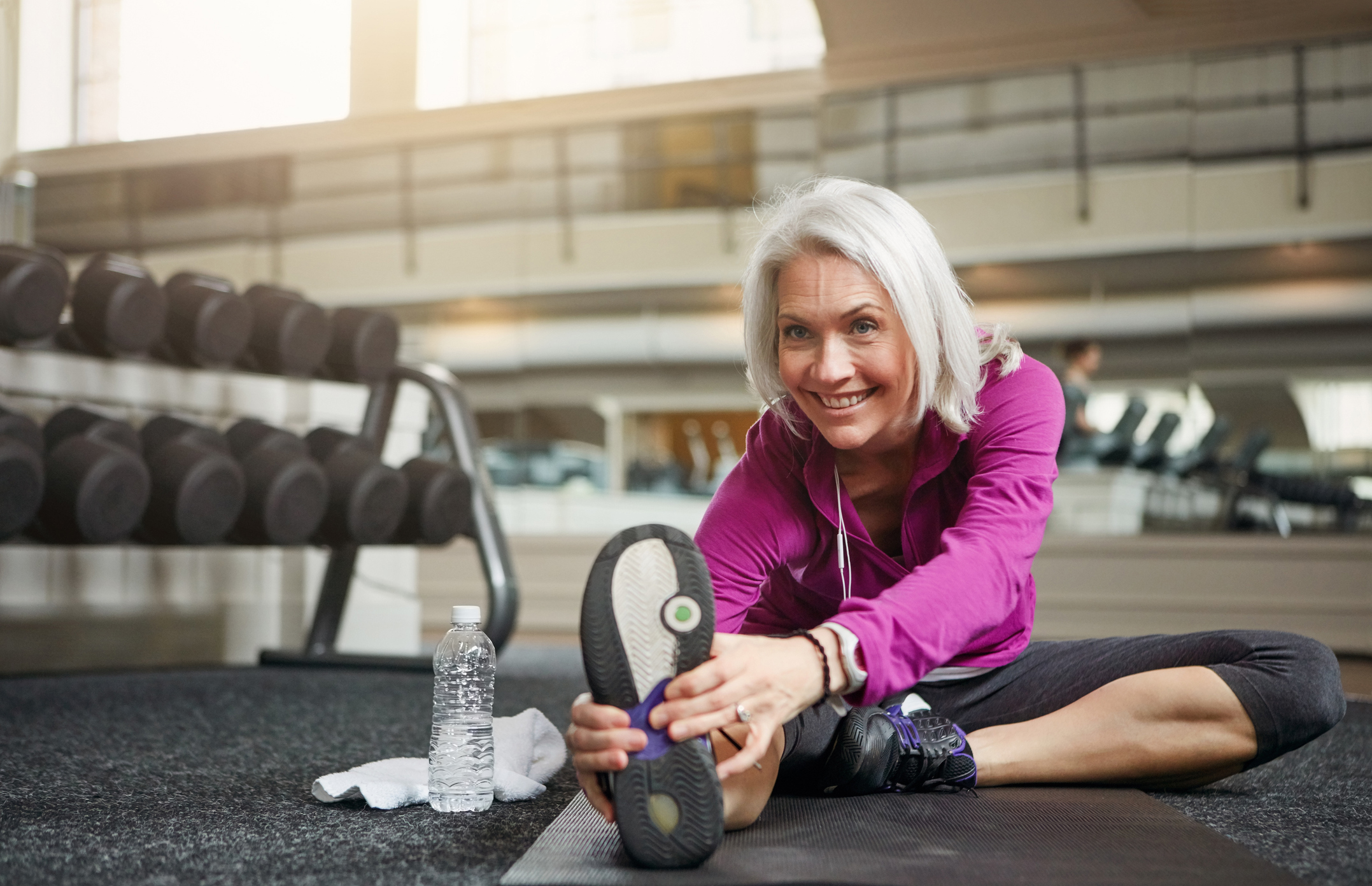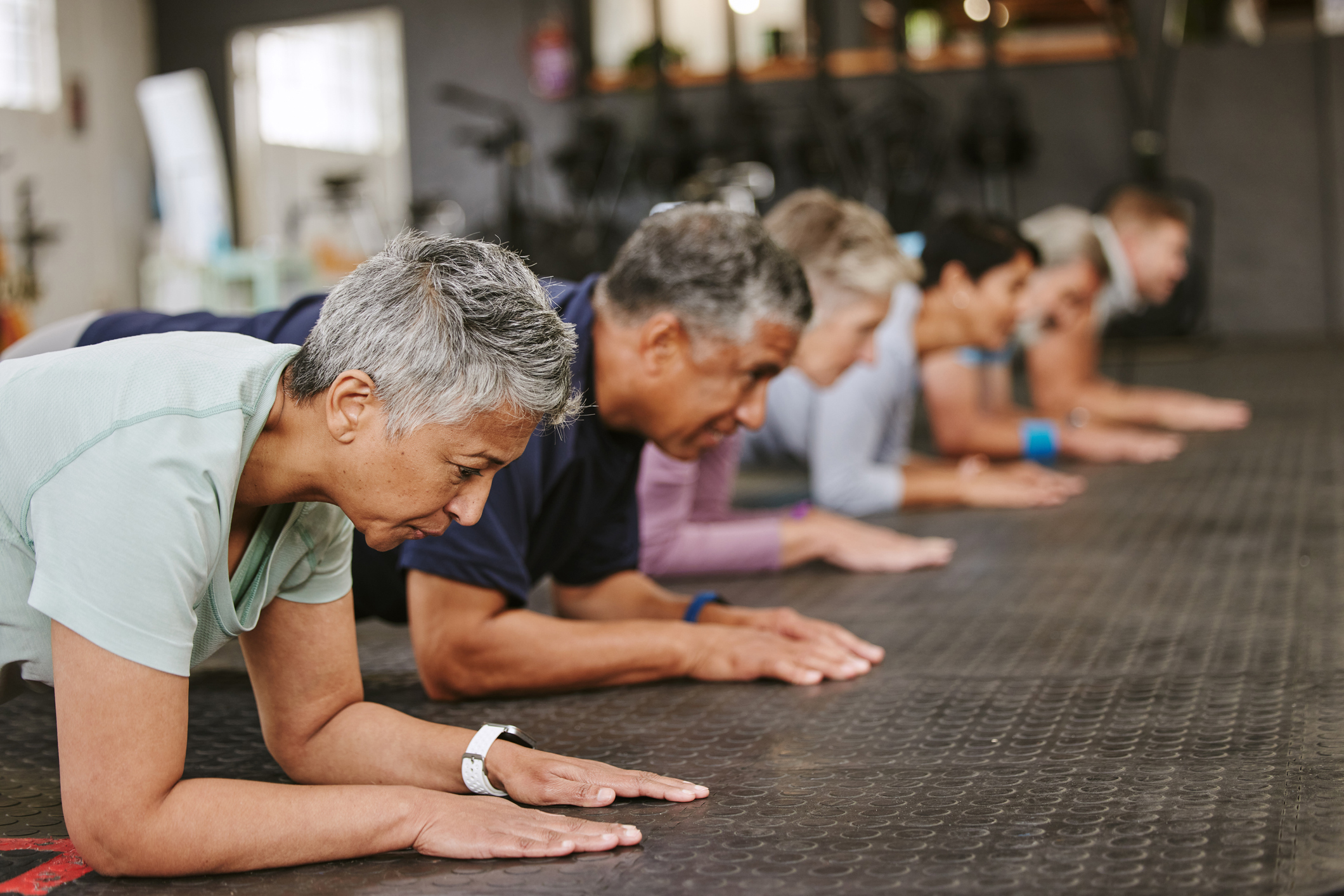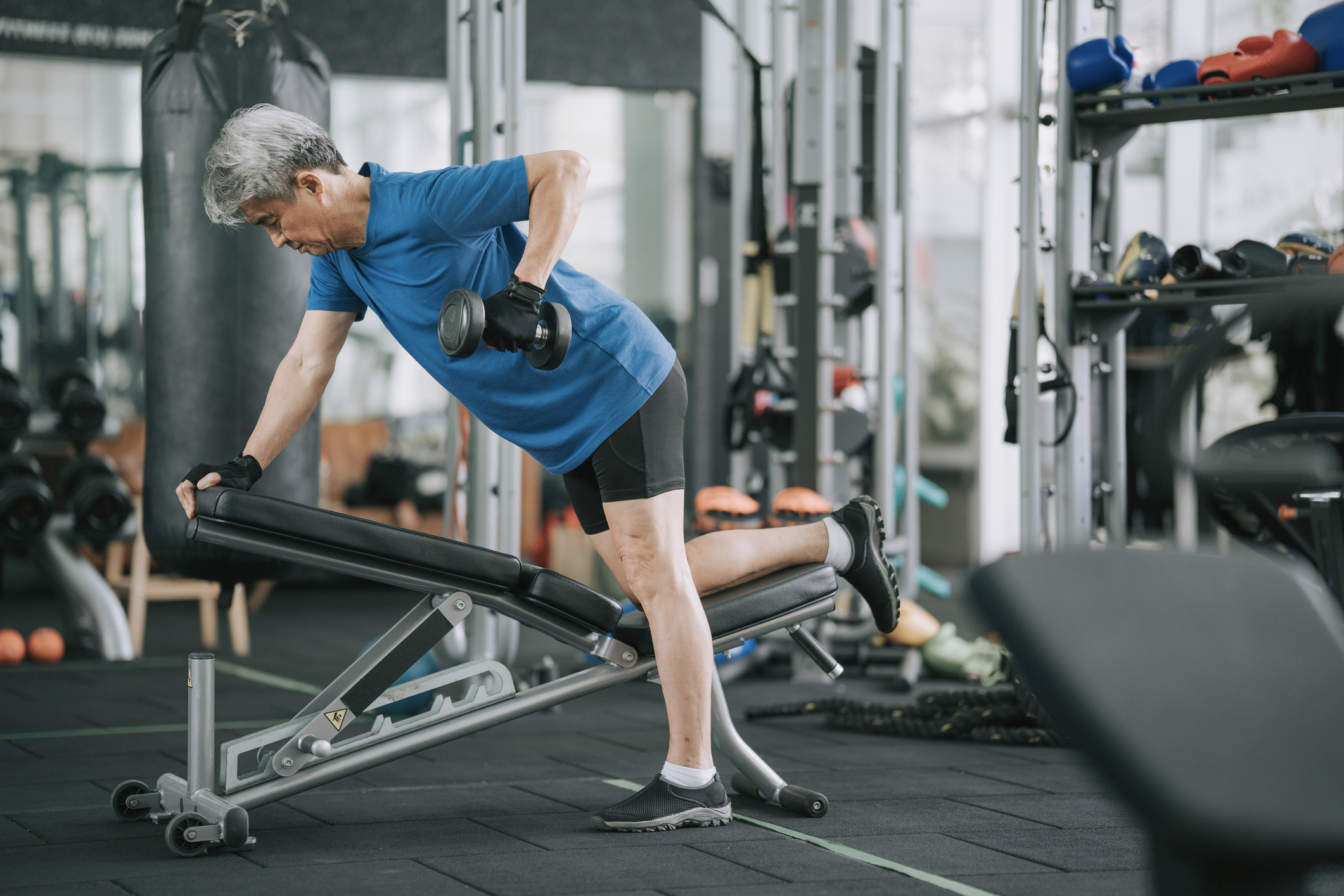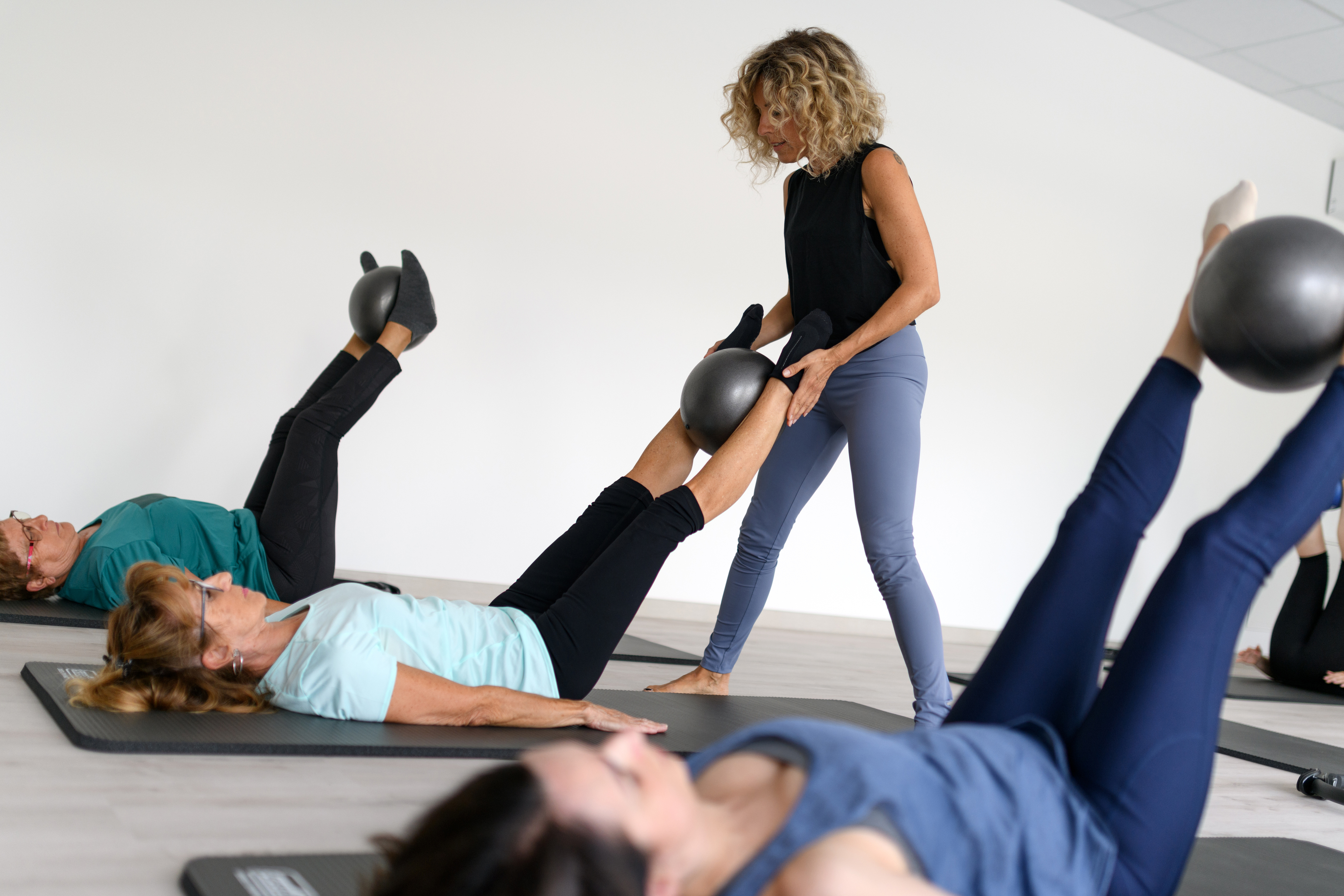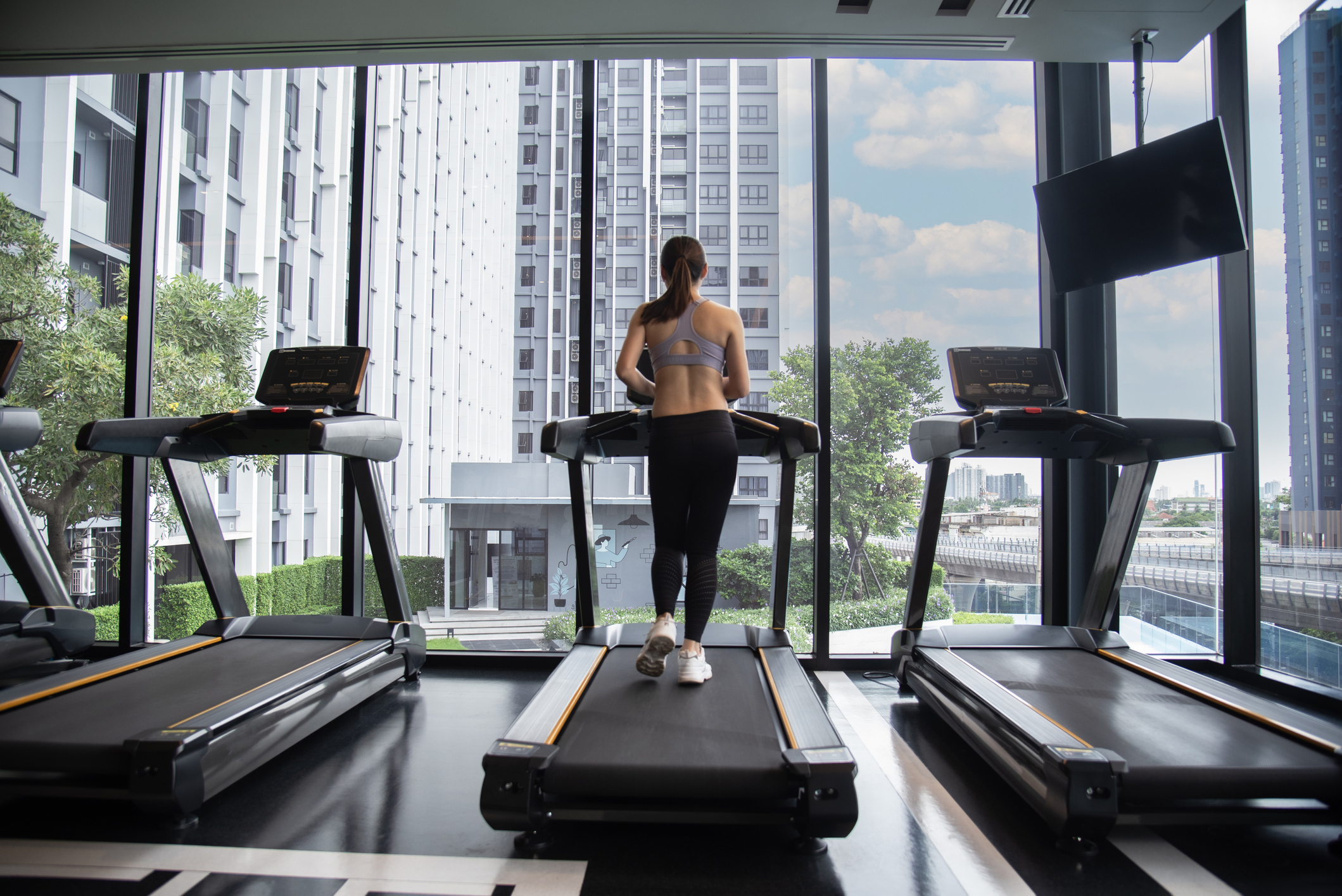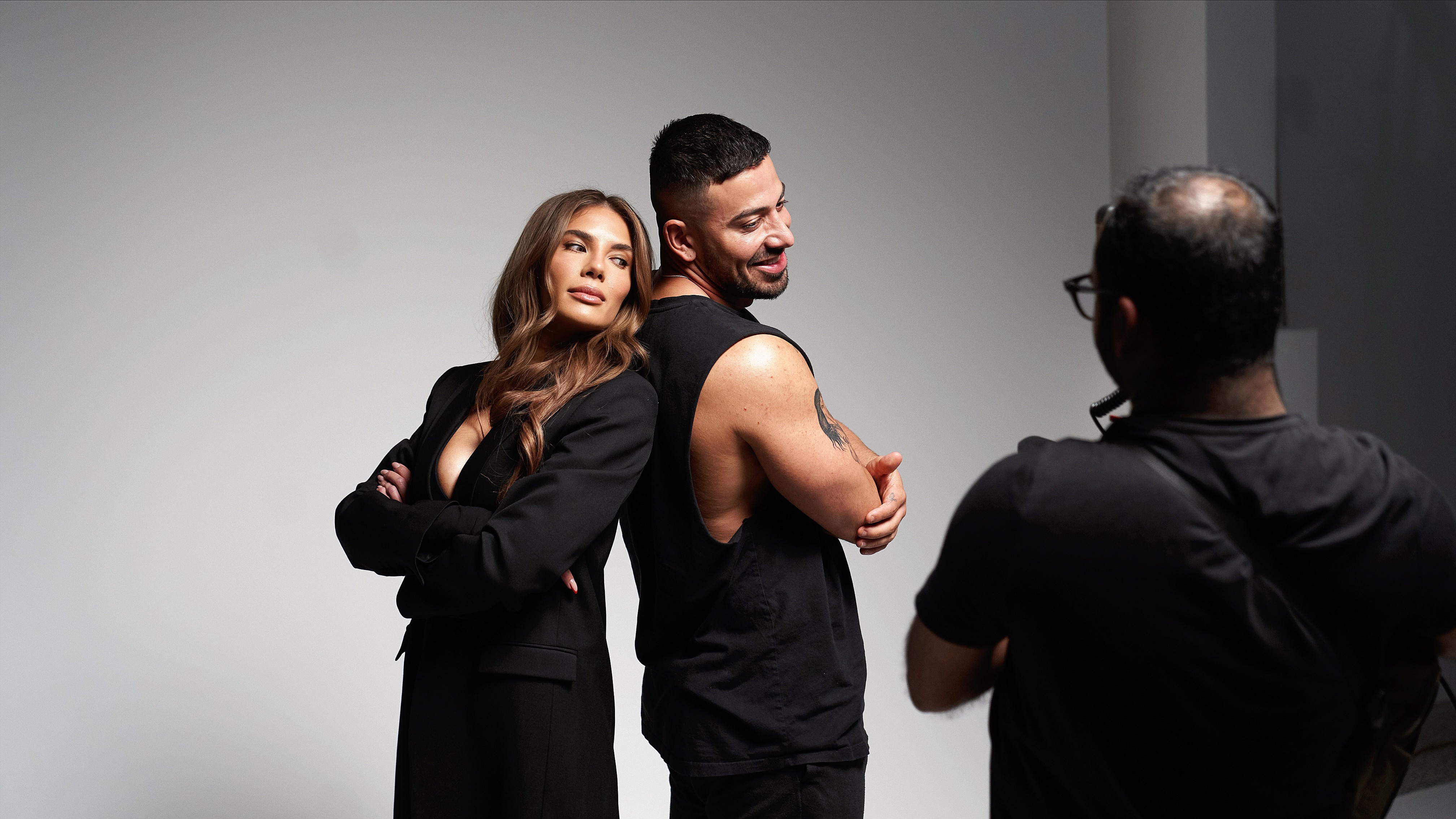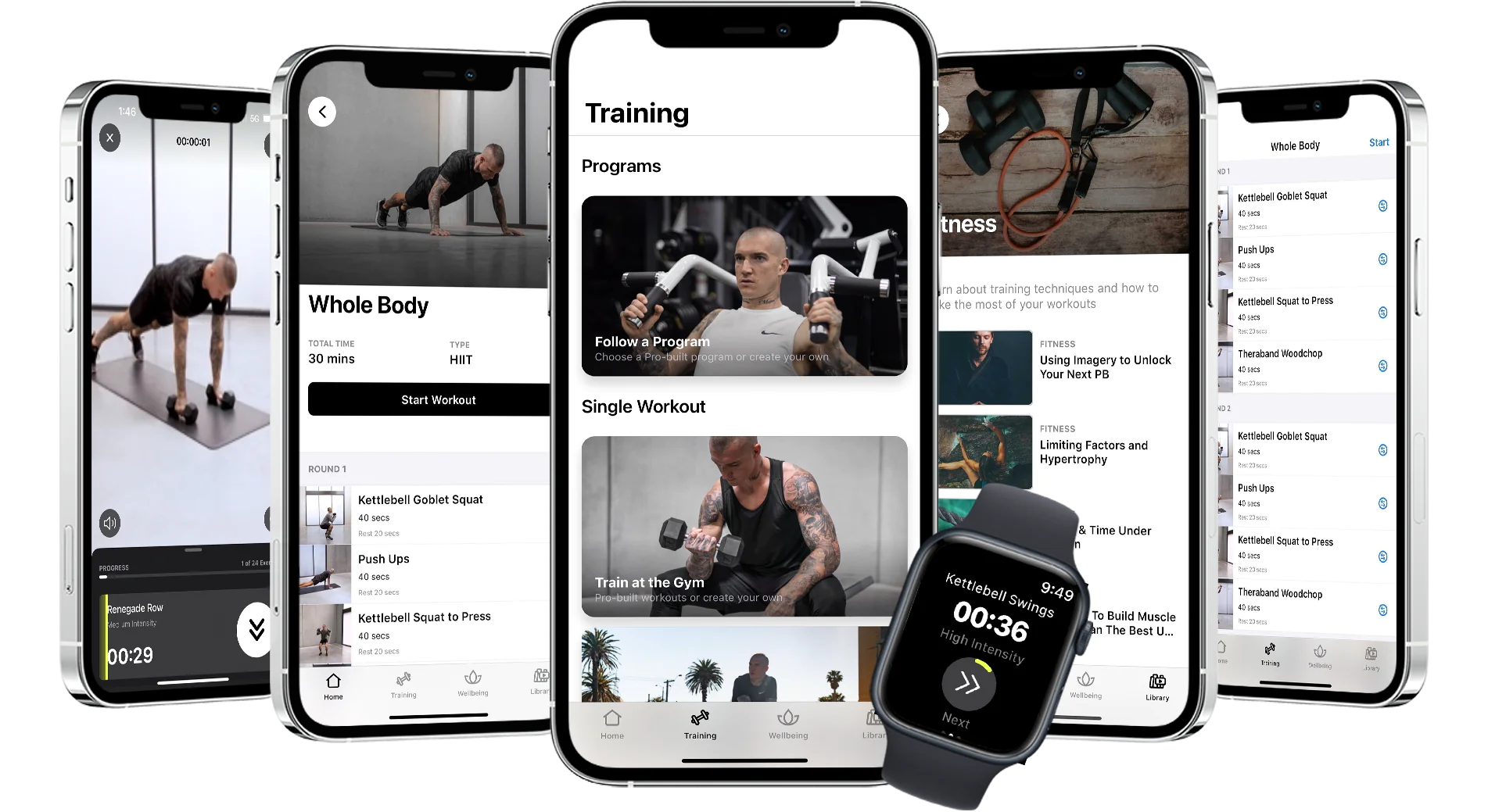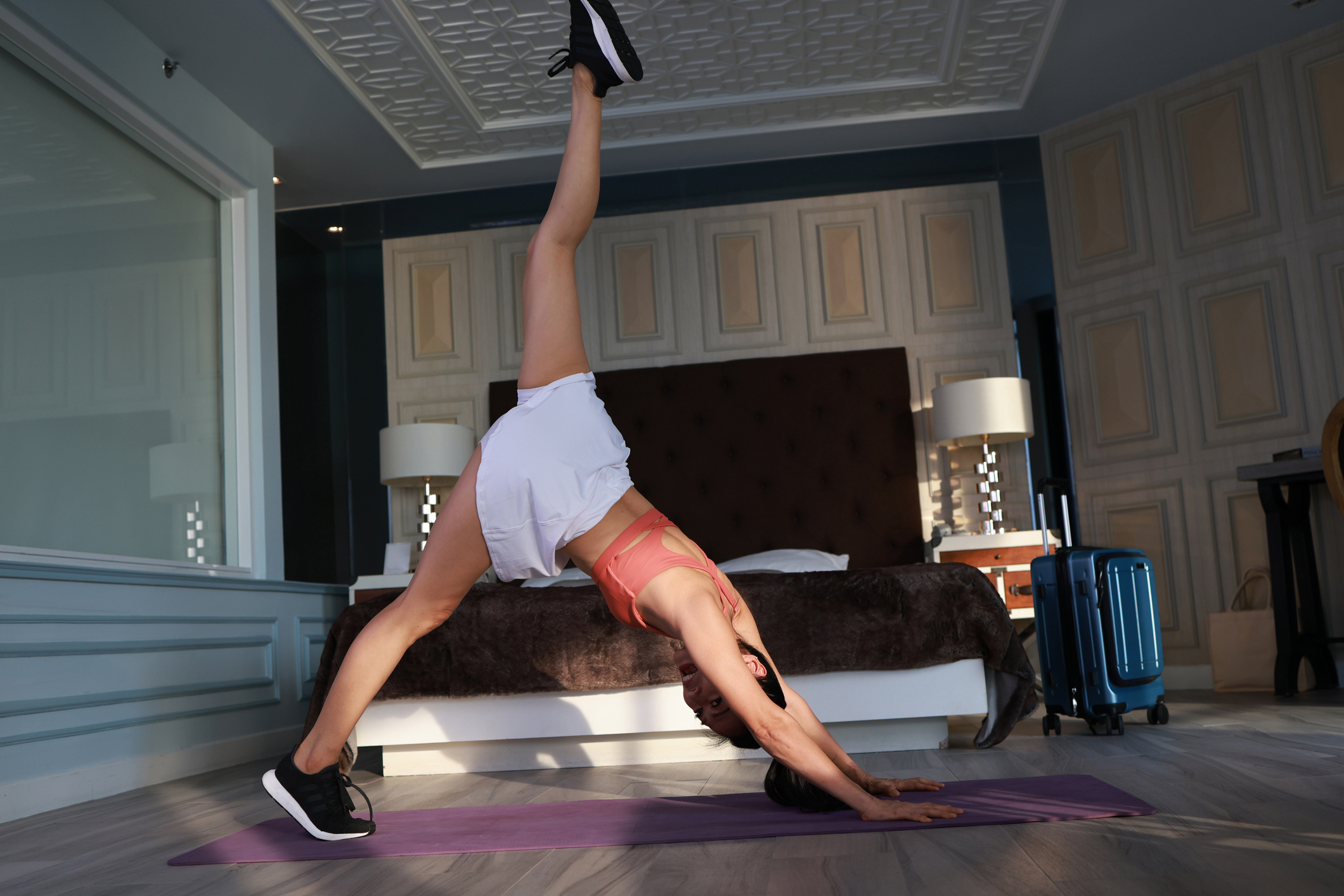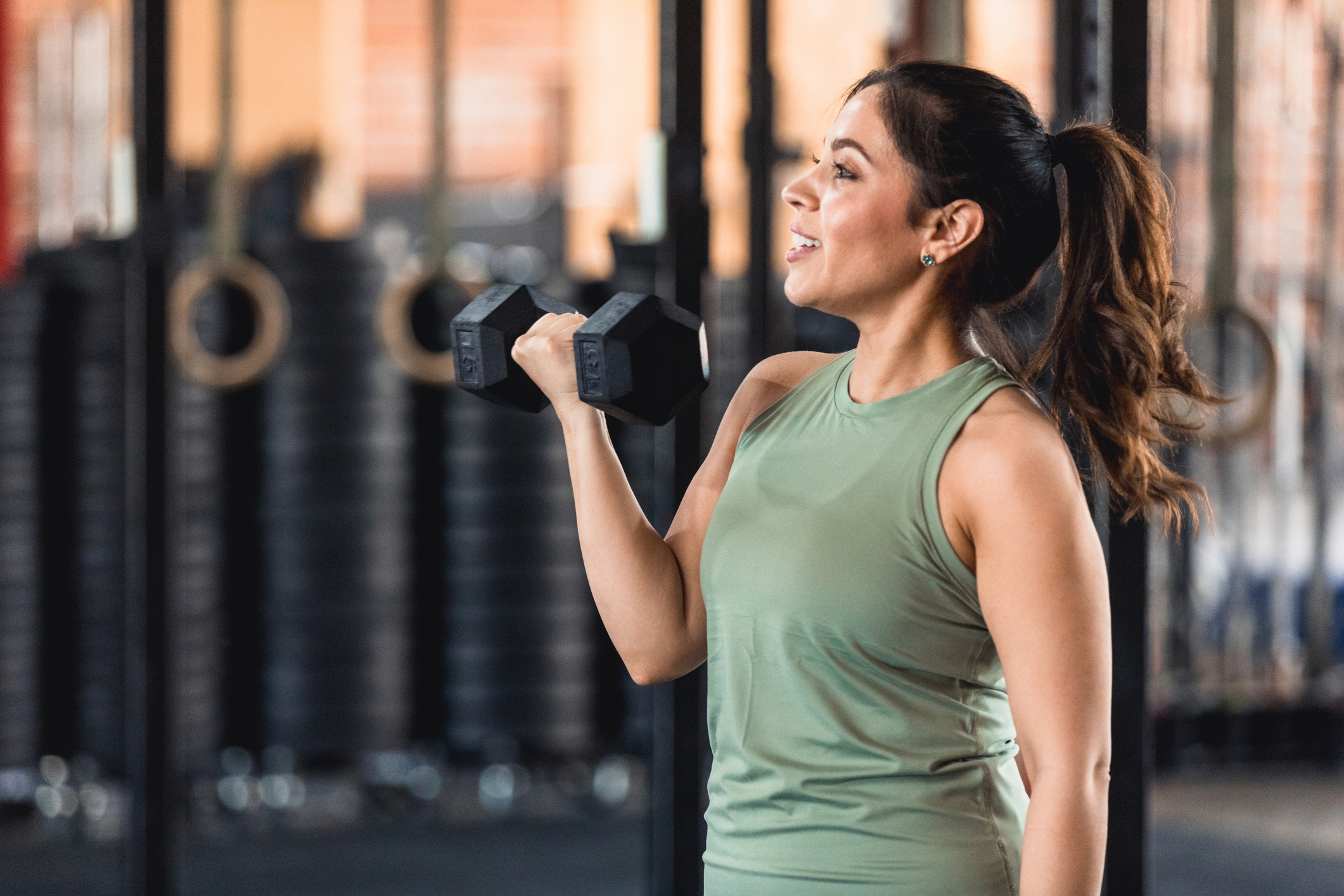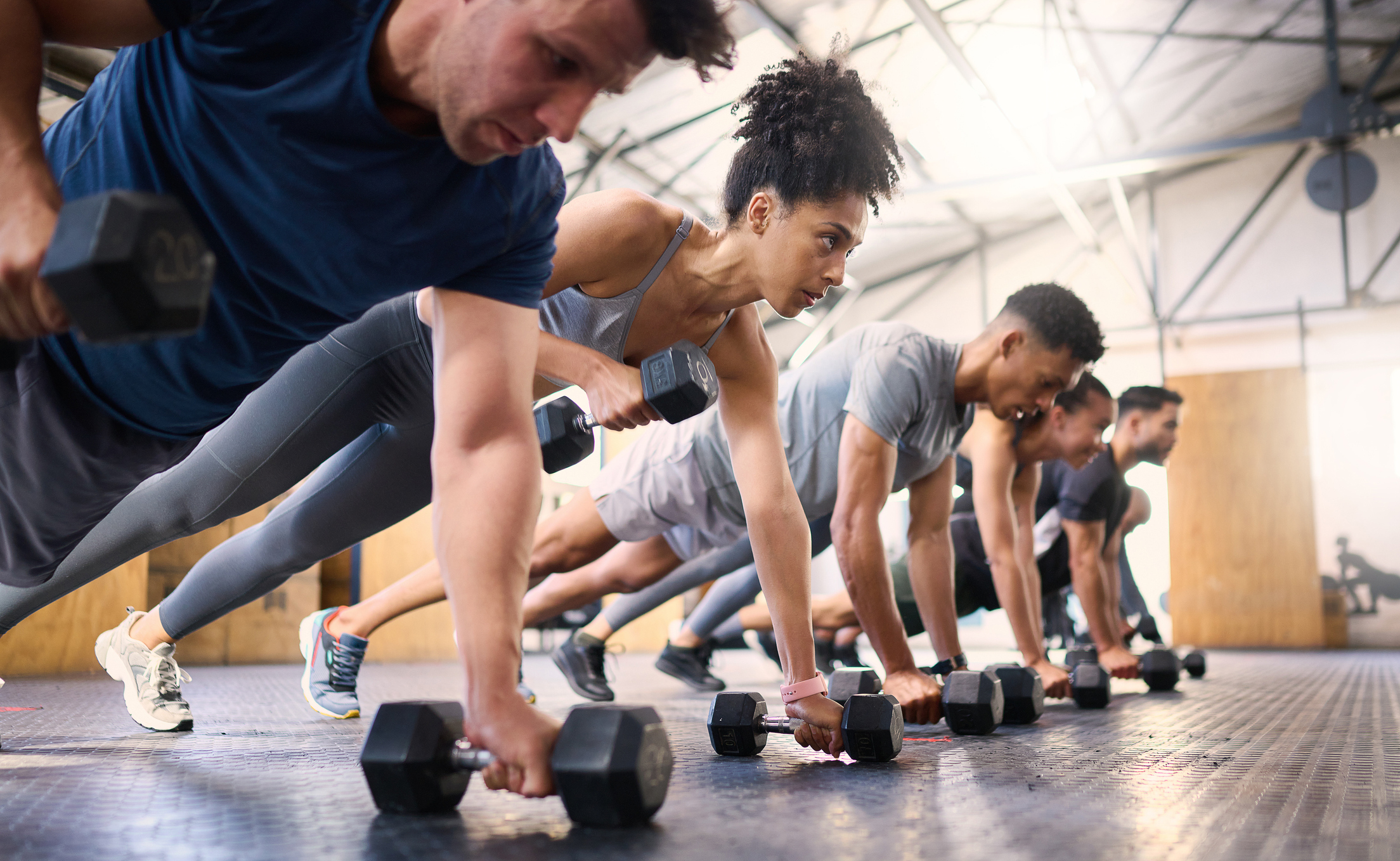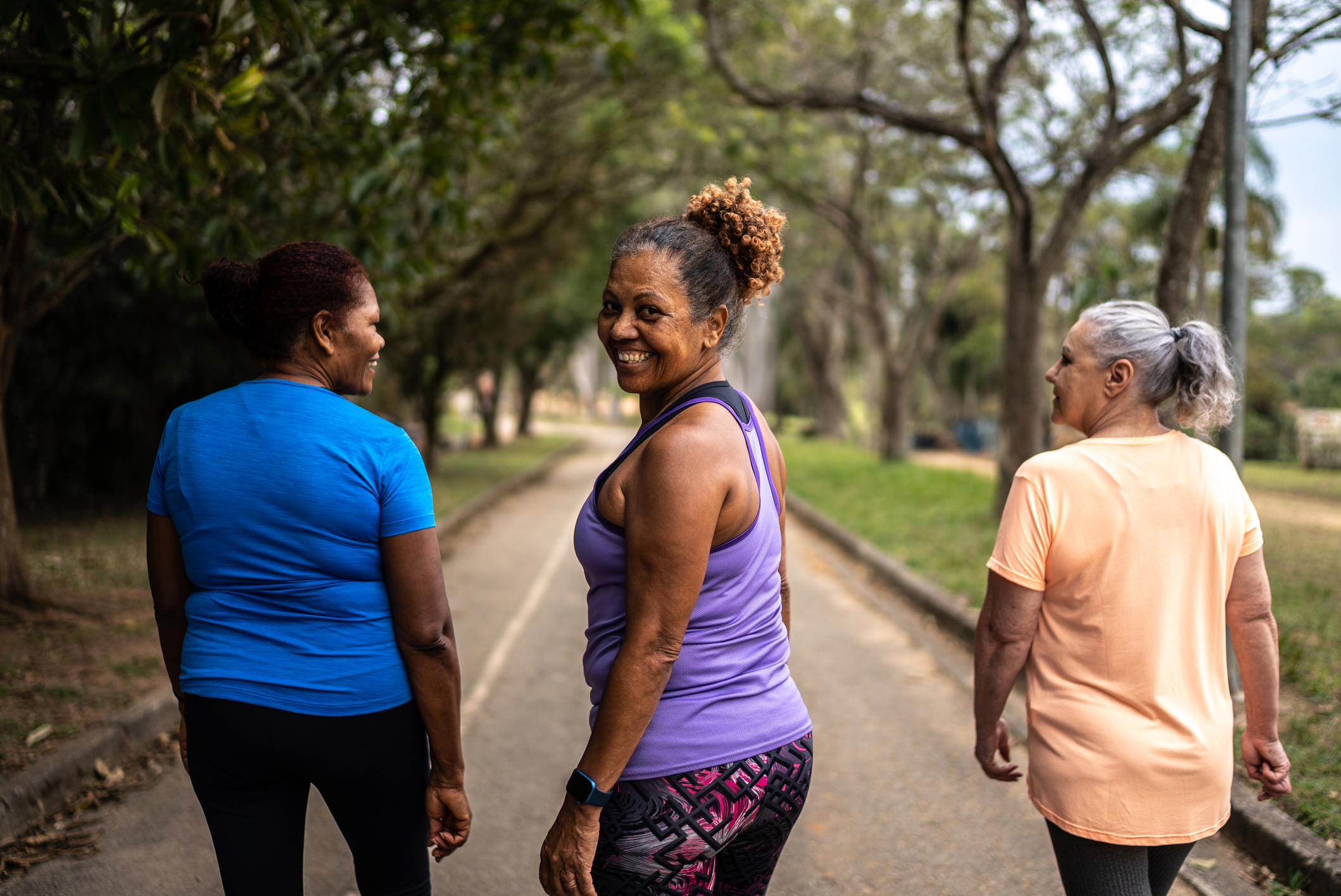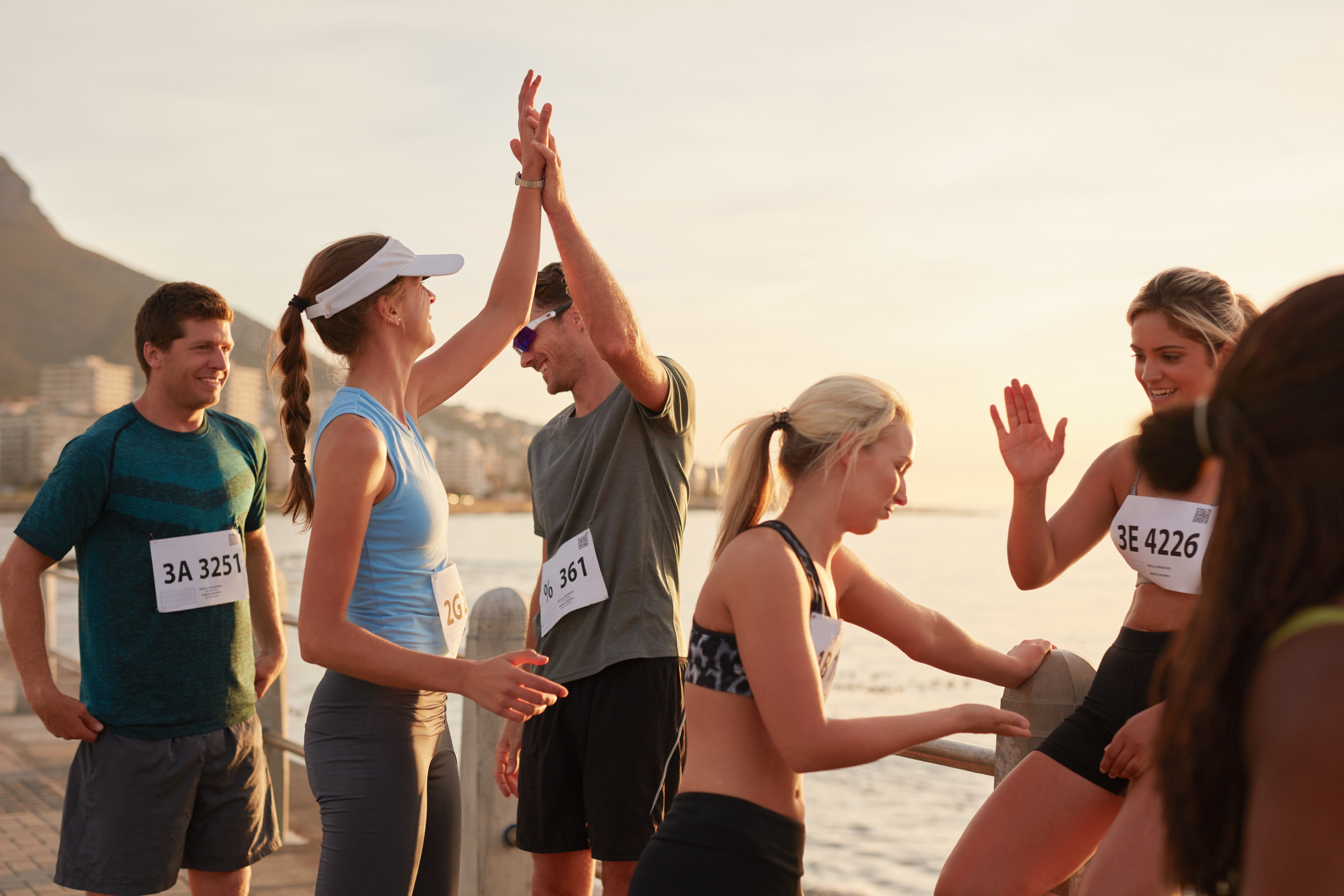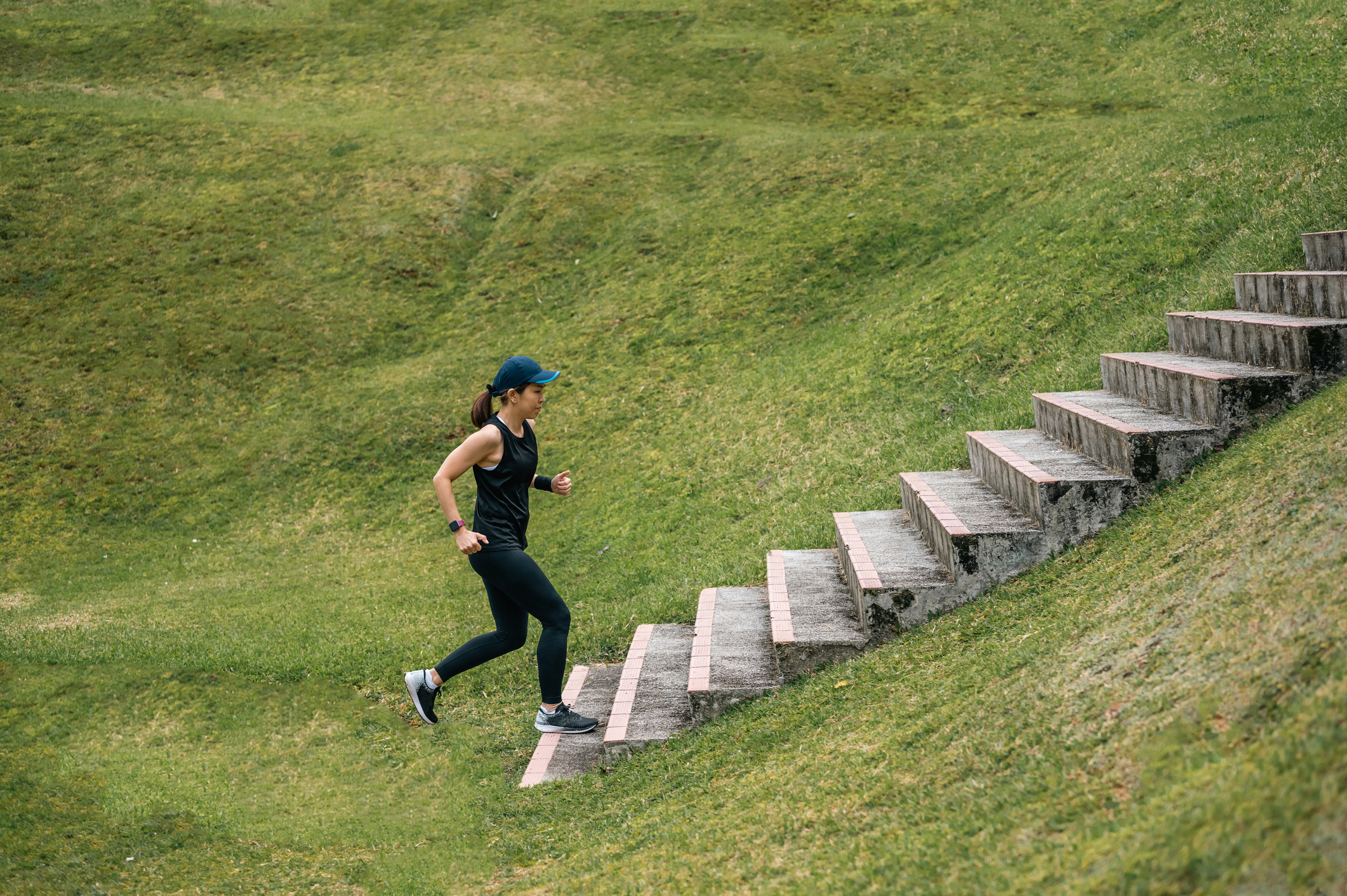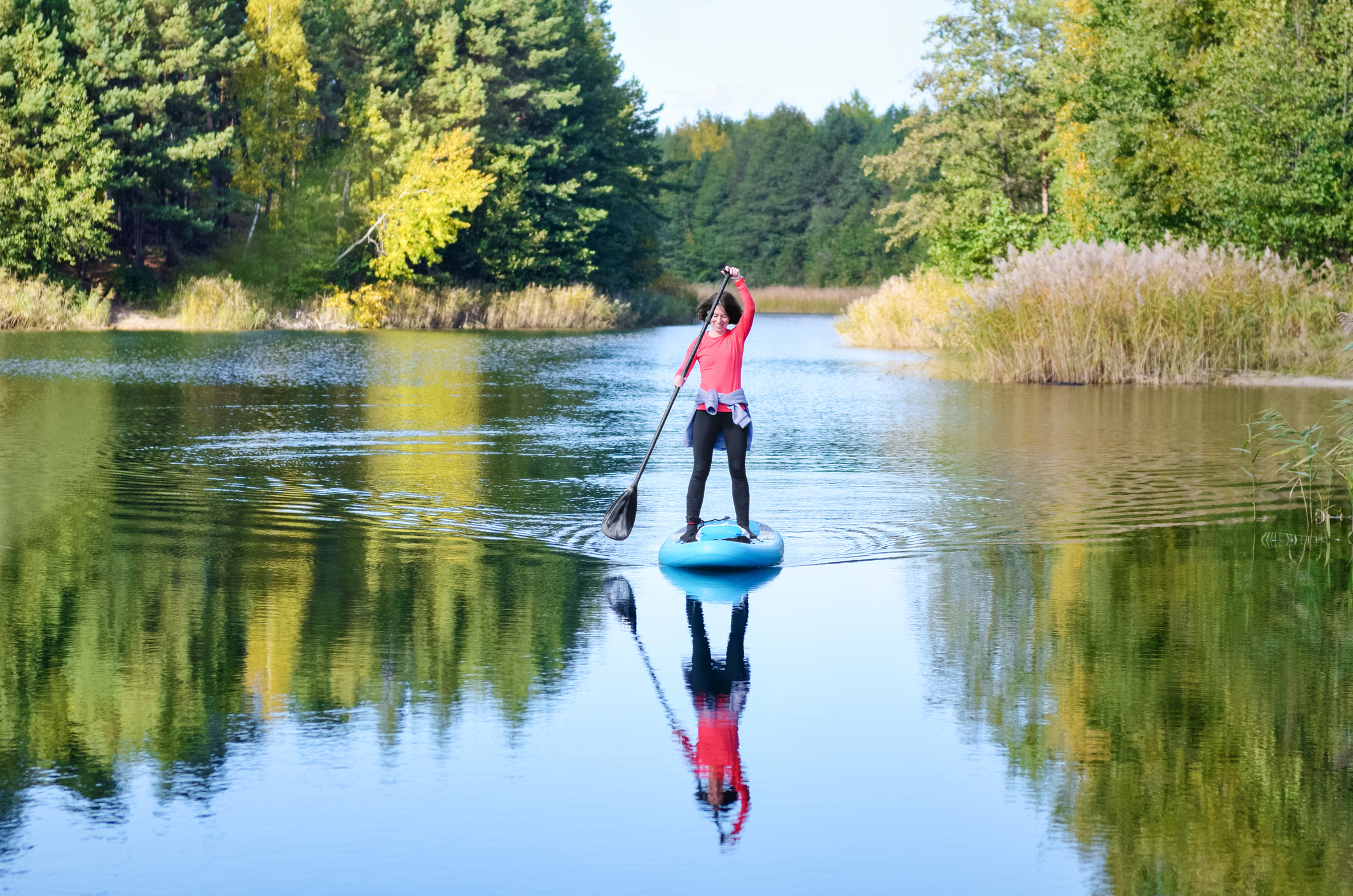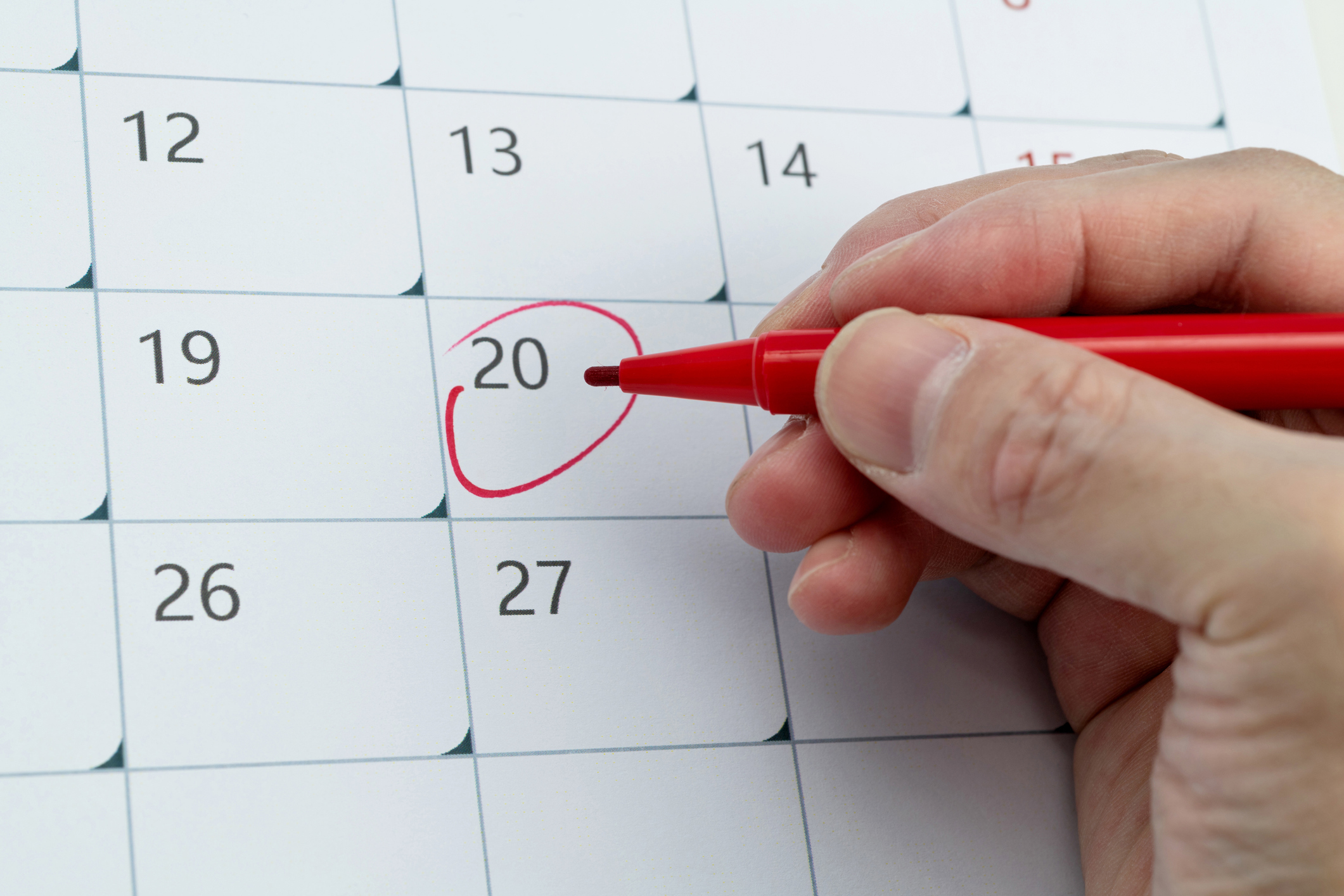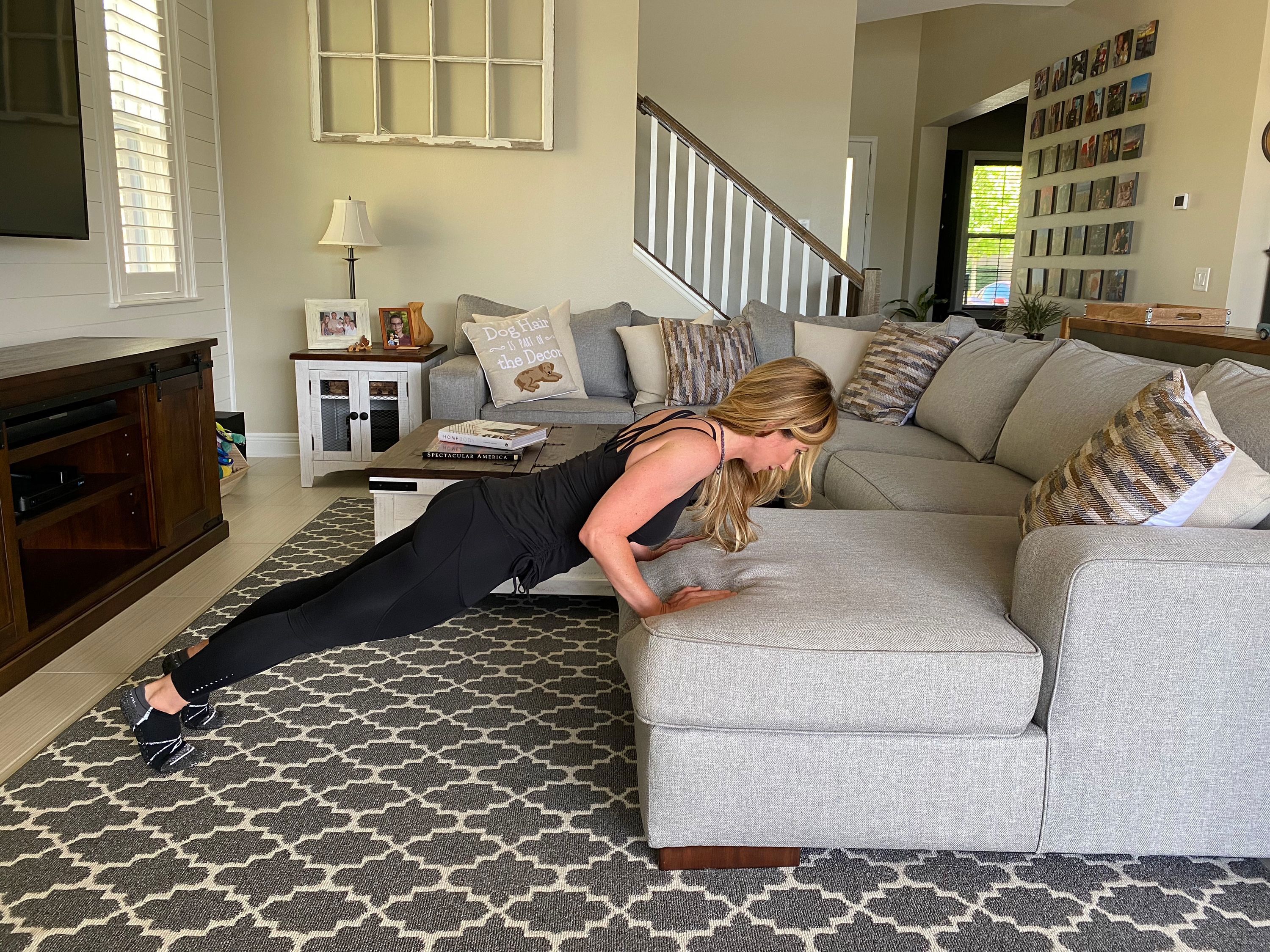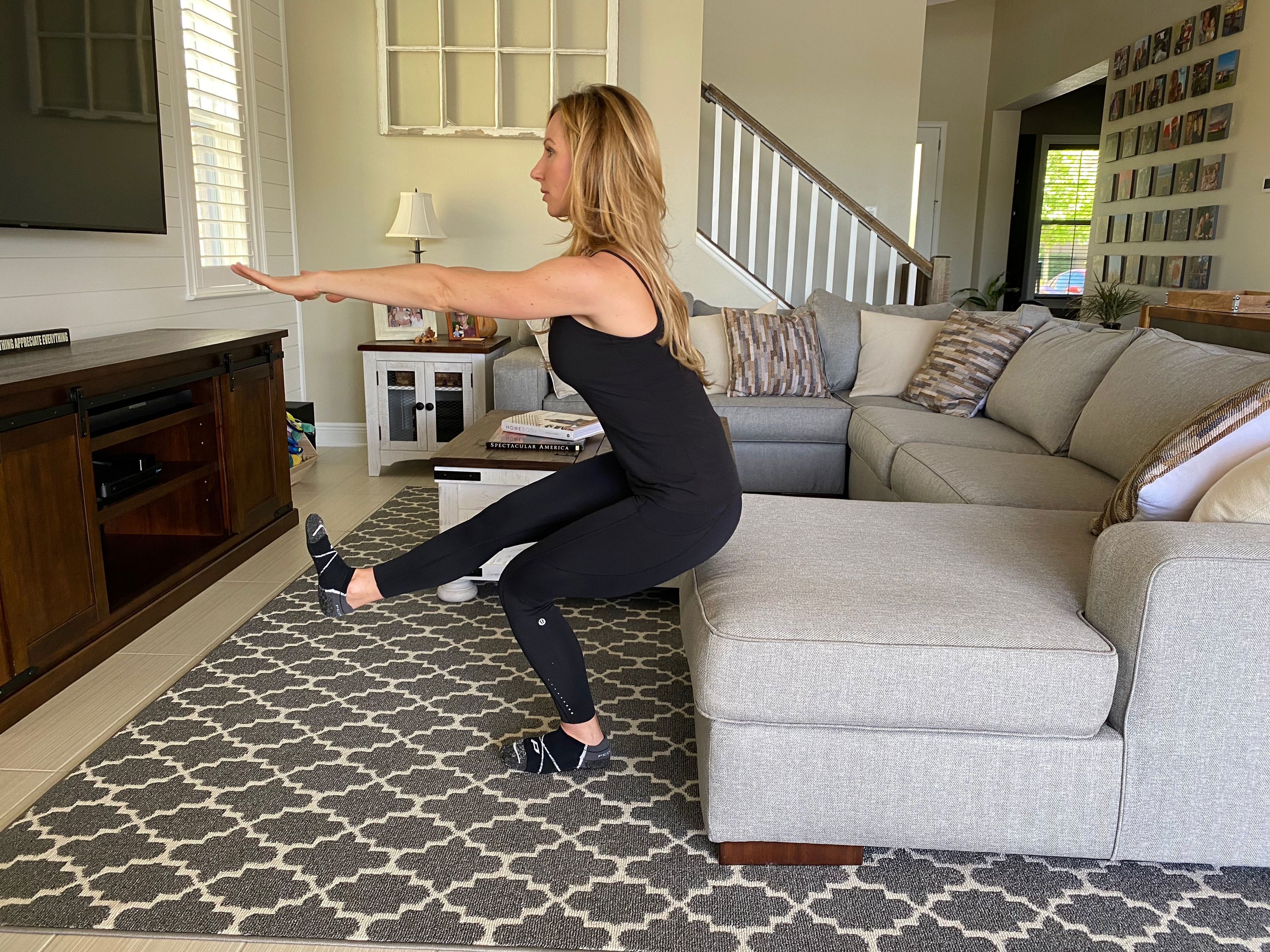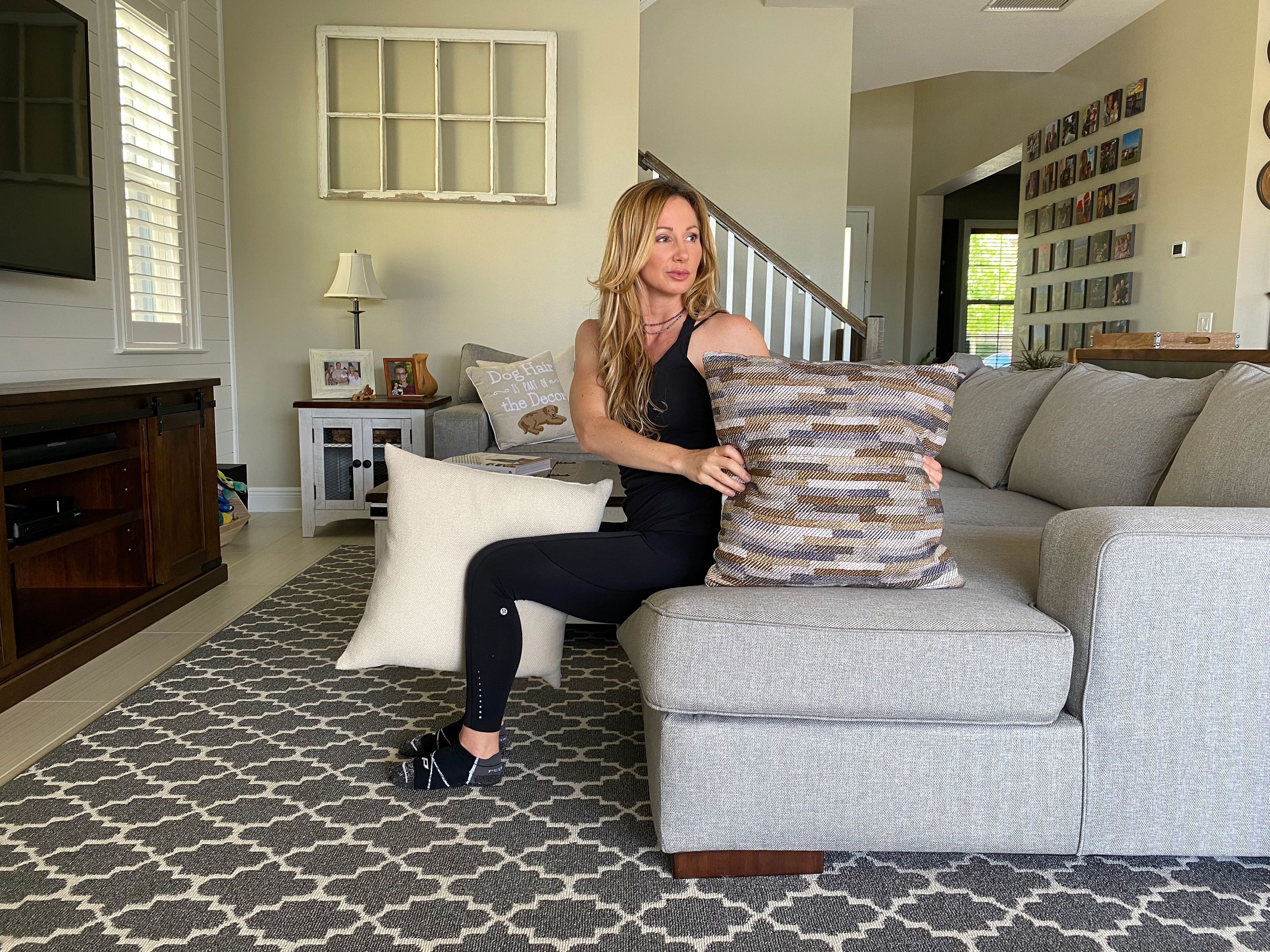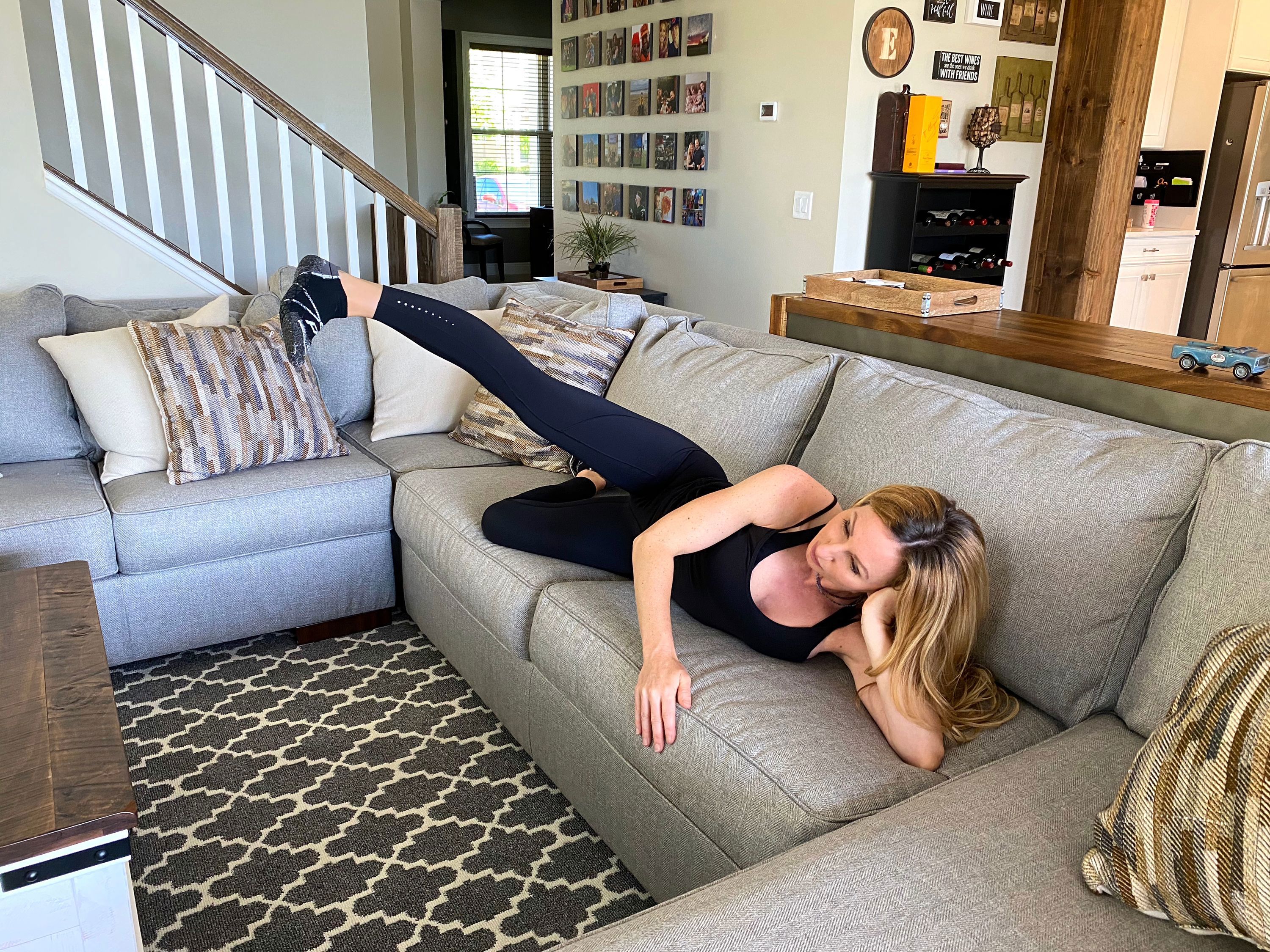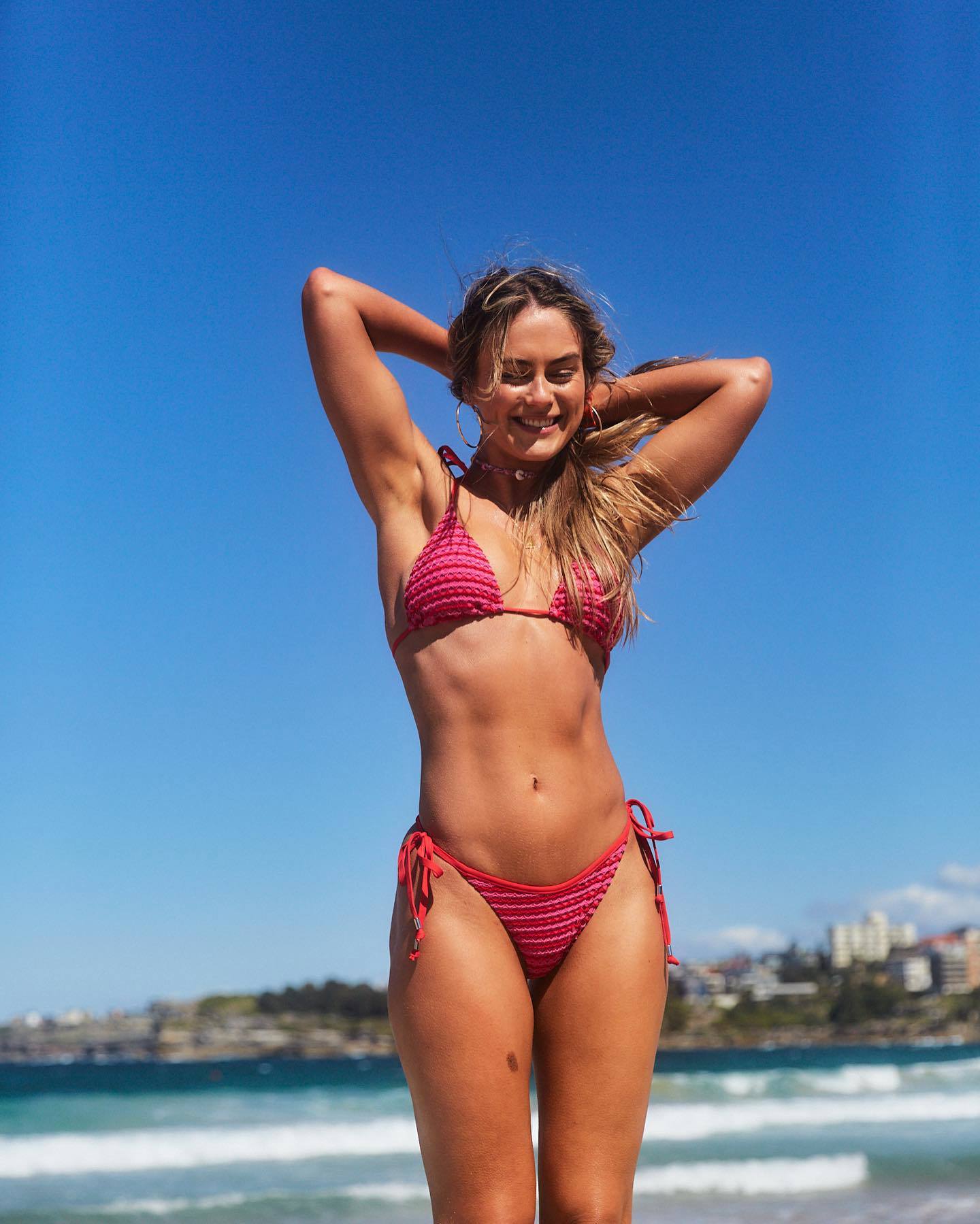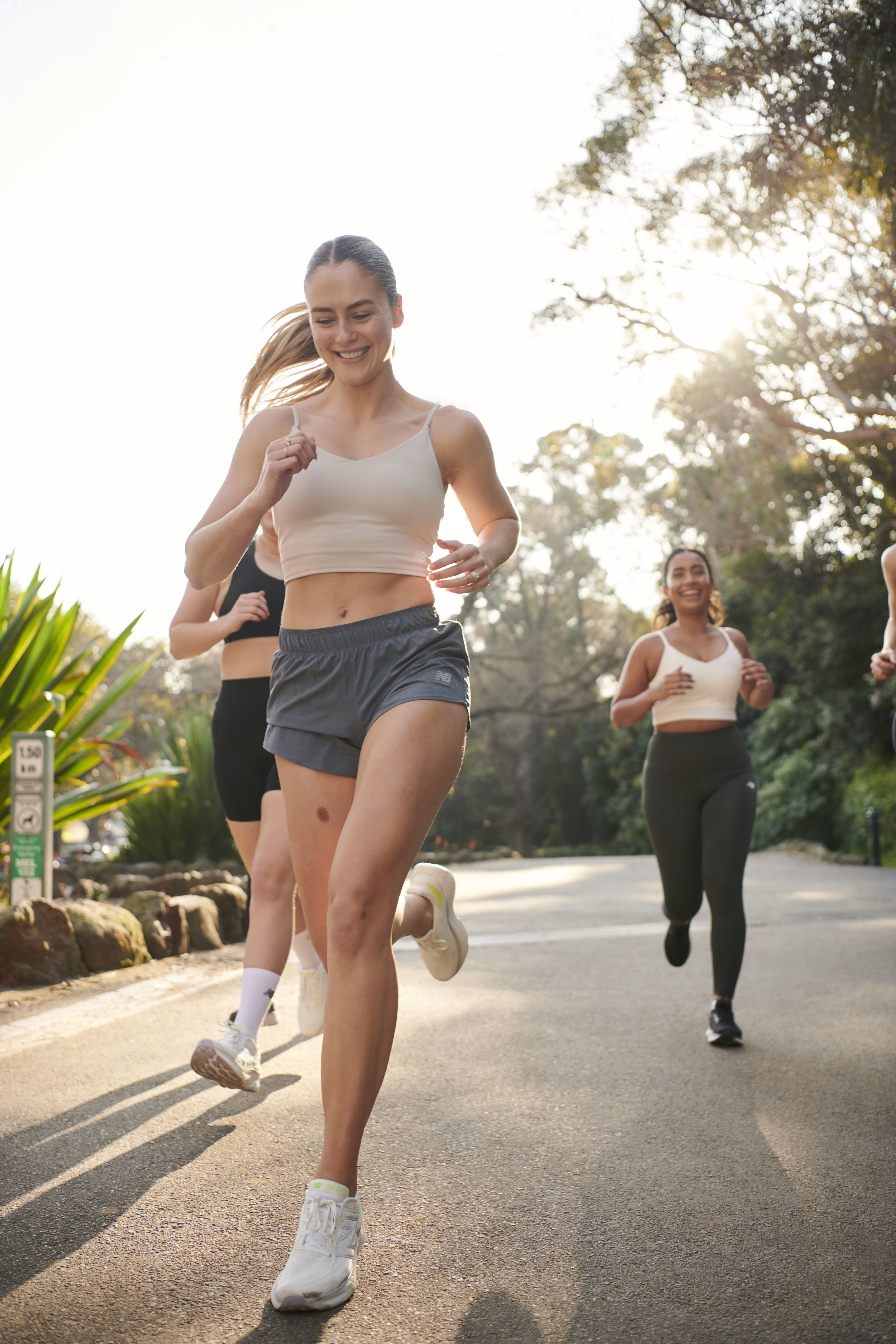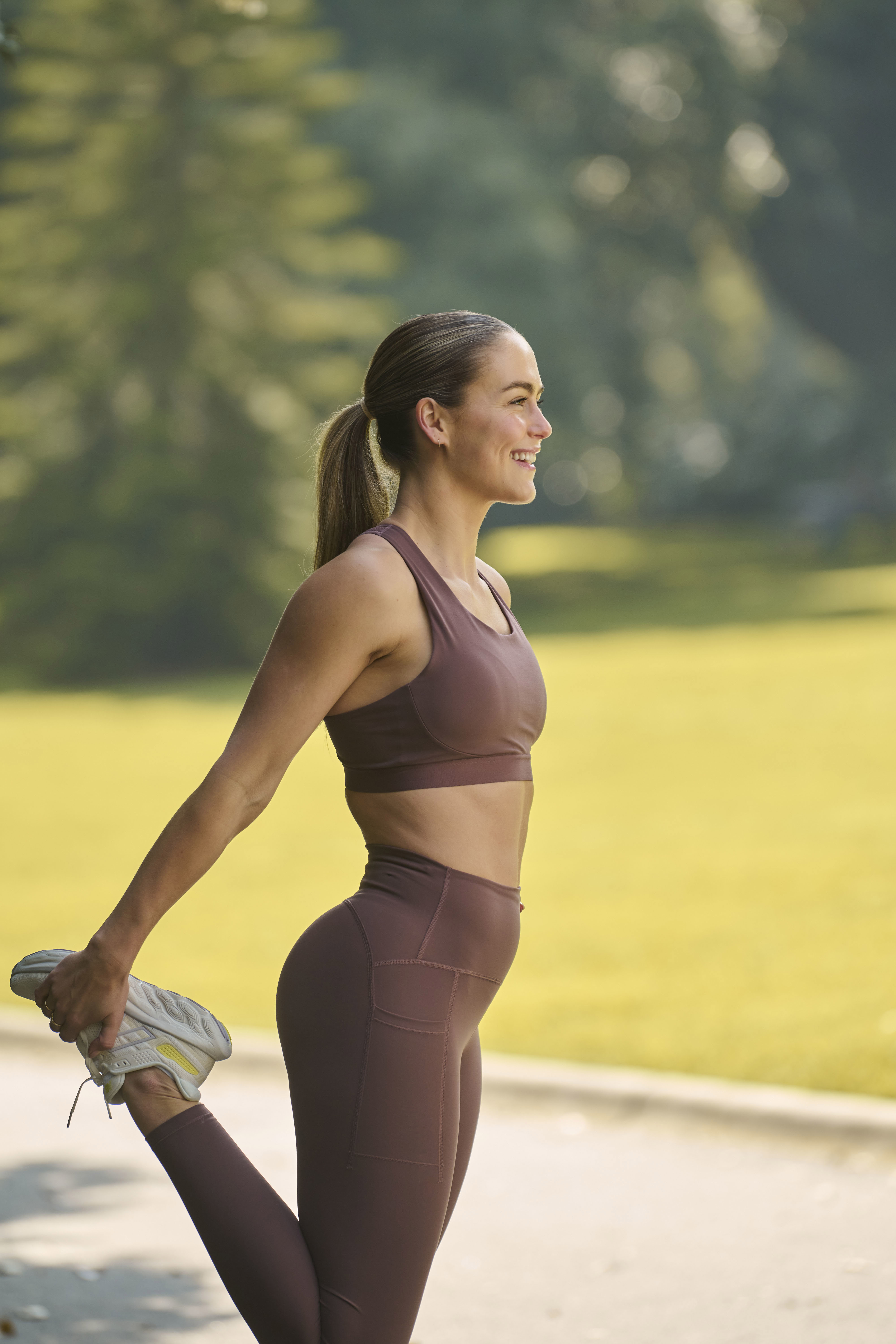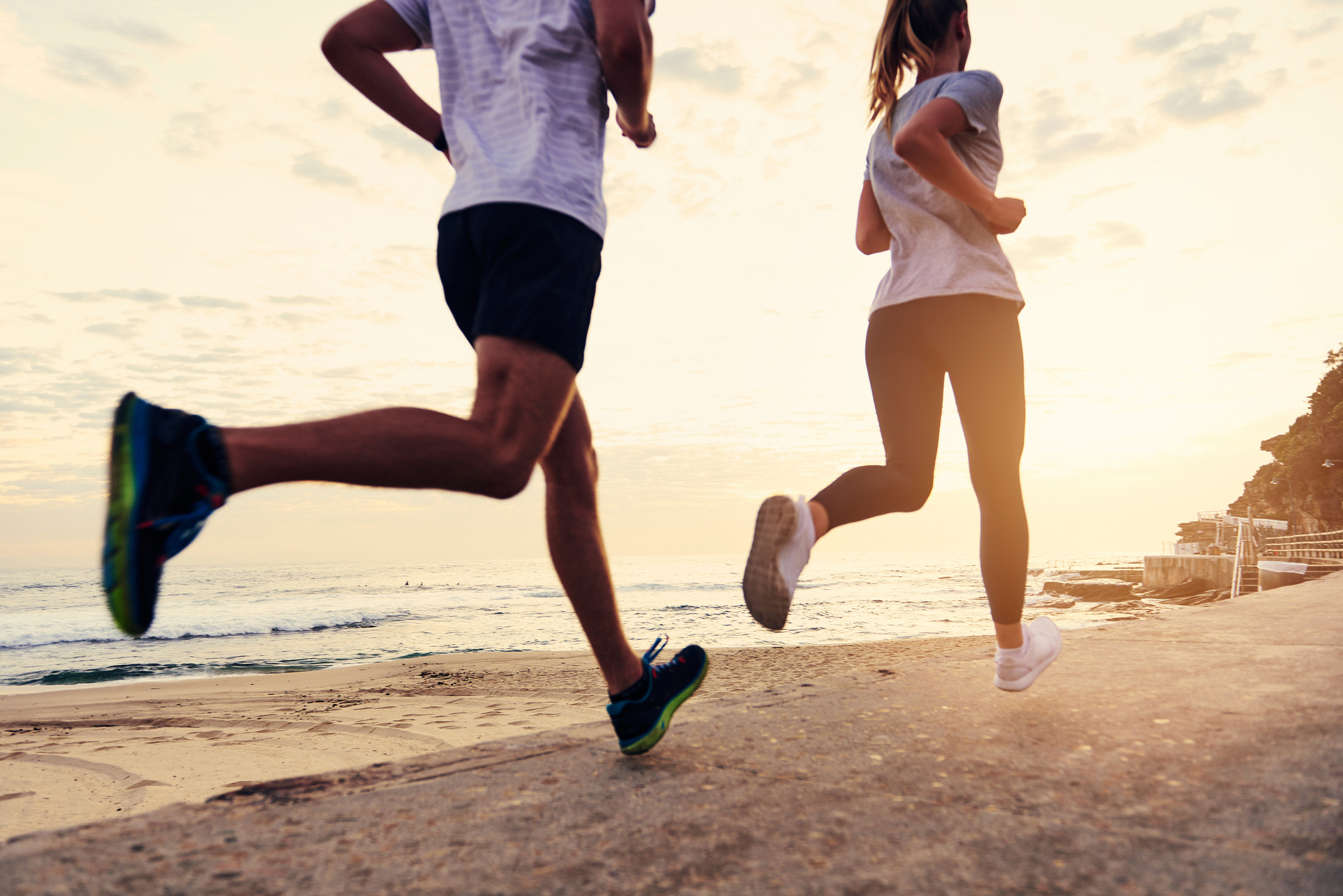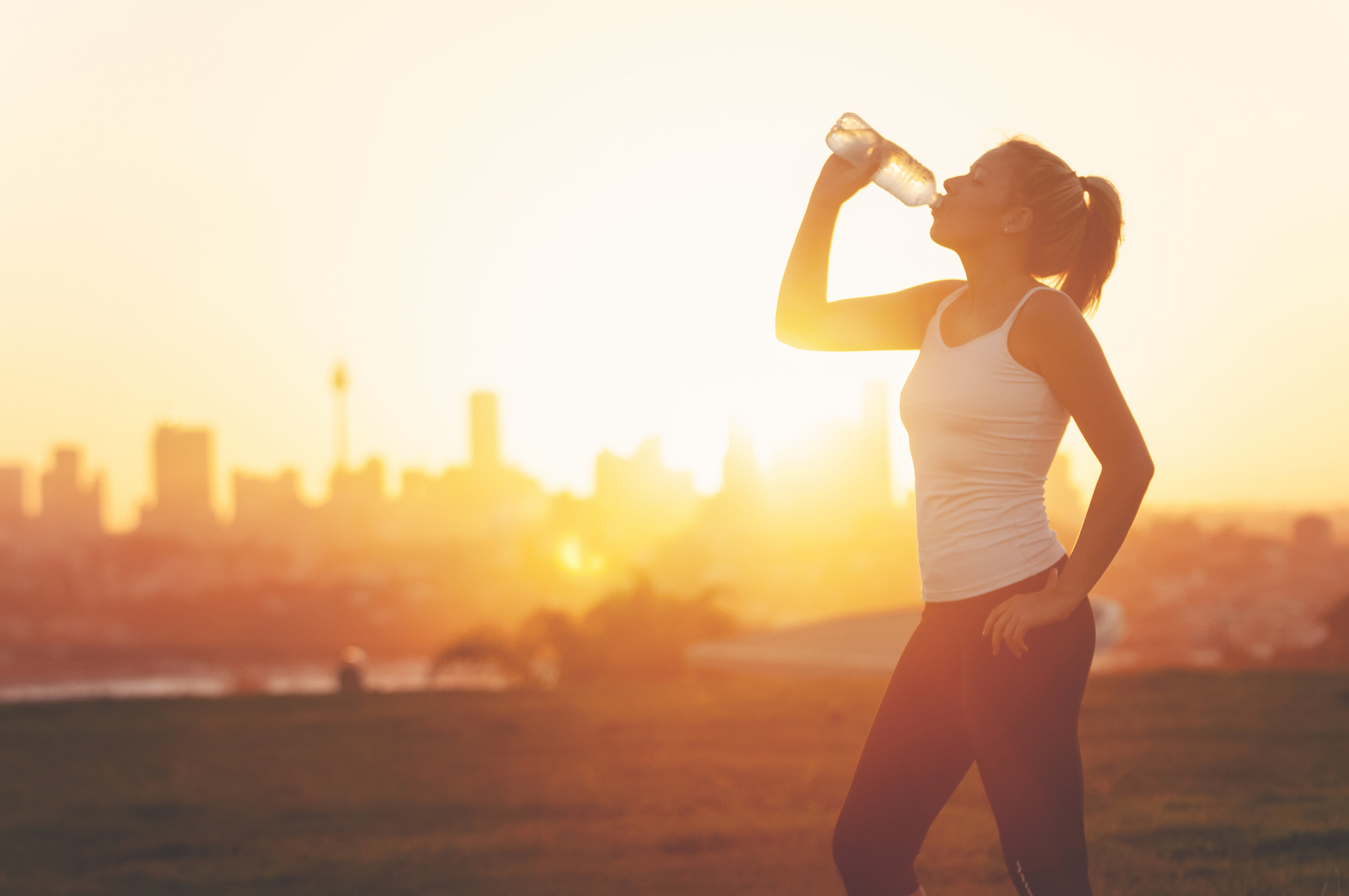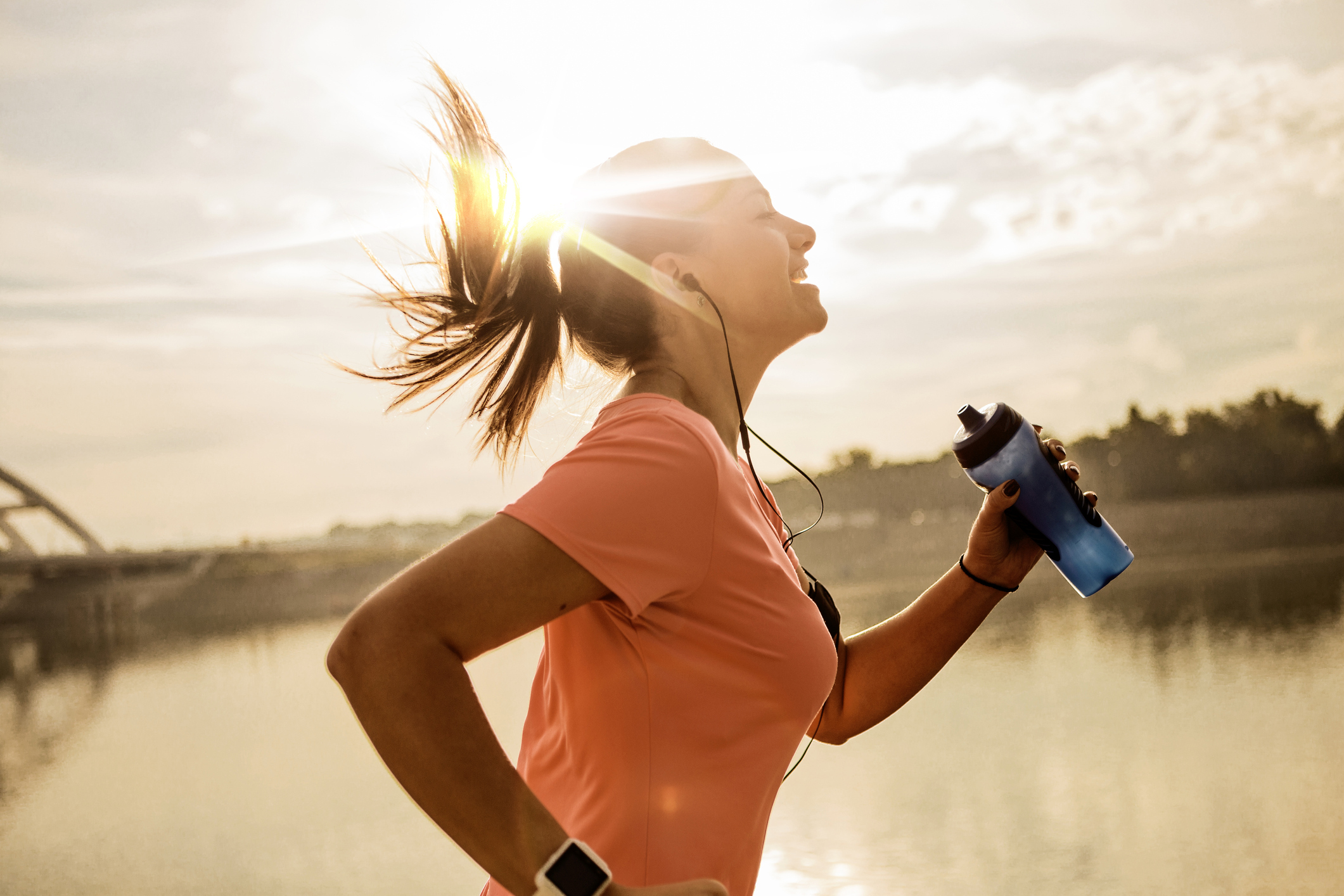A strong handshake generally makes a good first impression, but there is more to your grip than conveying confidence and trustworthiness.
Science points to a stronger grip as an important key to overall strength and longevity. The strength of your handshake even indicates heart health, research has found.
While it may seem like a small part of your body’s total strength, grip strength is a foundational component of physical fitness, linked to injury prevention, as well as a reliable benchmark for many aspects of health and functional independence as we age.
Stronger grip muscles help stabilise wrists, reducing the risk of strains and injuries during daily activities and physical exercise. Tasks such as carrying groceries, opening doors and jars, and even getting out of a chair all require adequate grip strength.
READ MORE: ‘Disheartening’ act women tradies forced to resort to
READ MORE: Laundry detergent mistake leaving clothes with ‘oily’ stains
A stronger grip also enables more progressions in fitness training, increasing the ability to get stronger by enabling people to lift more weight and perform more repetitions.
Pro sports prioritise grip strength training for obvious reasons (such as gripping a bat or a ball), but it’s seldom considered a staple in general fitness programs.
To help you get a better grasp on how your hands measure up, here’s a road map to assess and strengthen your grip at home.
What makes up grip strength?
Grip strength refers to the force generated by the muscles in the hand and forearm to grasp and hold objects, and has three different aspects:
- Crushing strength is how strongly you can grip with your fingers and the palm of your hand.
- Supporting strength refers to your ability to hold onto something or to hang from something.
- Pinching strength is how firmly you can pinch something between your fingers and thumb.
How to assess and track your grip strength at home
In clinical settings, a hand dynamometer measures grip strength by gauging the force applied when squeezing its handle.
The device provides a quantitative assessment typically expressed in units of force, such as pounds or kilograms.
To test your grip strength at home without a dynamometer, use a bathroom scale or tennis ball to give you rough, trackable measurements.
Scale squeeze test
While standing, hold the scale in both hands, one on either side with the heels of your hands on top and fingers wrapped underneath the sides. Squeeze for five seconds.
Then perform the test using only one hand at a time. Repeat with both hands and again with each hand.
Record your highest scores for both hands, left and right. Watch this video for a demo.
Tennis ball squeeze test
READ MORE: The best mattresses for both seasoned and rookie campers
From a relaxed, seated position, hold a tennis ball in one hand and squeeze it as hard as you can for five seconds. Repeat three times with each hand, resting for 30 seconds in between repetitions. A stronger grip will result in a firmer squeeze that you can maintain longer. Compare how tightly you can squeeze the ball with each hand.
These simple tests can provide a rough estimate of your grip strength. To track your progress over time, note the date and your observations of your grip during testing. Reassess your grip strength periodically every two to four weeks to monitor improvements and adjust your training program accordingly.
Be patient and consistent with your training efforts as improvements may take time.
Editor’s note: Before beginning any new exercise program, consult your doctor. Stop immediately if you experience pain.
Exercises to strengthen your grip
Improving grip strength involves incorporating specific exercises to address all three aspects of grip strength.
Below, I’ve outlined exercises for each, noting basic exercises as No. 1 and advanced progressions as No. 2.
Incorporate the appropriate exercises for your current strength level into your training regimen three to five times per week, allowing for rest between sessions to facilitate recovery and muscle growth.
FOLLOW US ON WHATSAPP HERE: Stay across all the latest in celebrity, lifestyle and opinion via our WhatsApp channel. No comments, no algorithm and nobody can see your private details.
Crushing strength exercises
The tennis ball squeeze test noted above also can be used as a basic strengthening exercise. You can increase the difficulty by increasing the duration of your squeeze and number of repetitions.
1. Dowel rod roll
While sitting or standing, hold on to a dowel rod, stick or rolling pin, with your palms facing down. Moving your wrists alternately, rotate the dowel rod so that it rolls inside your hands in one direction for 15 to 30 seconds and then the other. To make the exercise more challenging, speed up the rolling. You also can perform this exercise with the palms facing up as a variation. Do two to three sets of 10 to 15 repetitions, resting in between sets.
2. Wrist curls
Sit on a bench or chair with your forearms resting on your thighs, palms facing up and wrists hanging over the knees. Hold a light dumbbell of 1 to 5 pounds in each hand with an underhand grip. The weight should be enough for a slight challenge but should not feel like a strain. Curl the weights upward by flexing your wrists, bringing the dumbbells toward your body. Slowly lower the weights back down with control, feeling the stretch in your forearms. Perform two to three sets of eight to 12 repetitions, resting in between sets.
Supporting strength exercises
1. Farmer’s walk
Hold a dumbbell of appropriate weight for your fitness level in each hand. Keep your shoulders back and down, chest up, and core engaged. Walk forward with a controlled stride, maintaining an upright posture. Aim for a distance of 30 to 40 paces or for a set duration, such as 30 to 60 seconds. Rest and repeat one to two times.
2. Dead hangs
Find a sturdy overhead bar or pull-up bar that allows you to hang without your feet touching the ground. Grasp the bar with an overhand grip, hands shoulder-width apart. Hang from the bar with your arms fully extended, engaging your shoulder muscles. Hold the position for as long as possible, aiming for 15 to 30 seconds to start. Gradually increase the duration over time. Rest and repeat one to two times.
Pinching strength exercises
1. Paper pinch
Place a piece of paper on a table or other flat surface. Spread your fingers and thumb wide and grab the paper with all five fingers. Keeping your fingers and thumb as straight as possible, apply a downward pressure as you pinch all five fingers together, crumpling the paper. Repeat the motion until you have crumpled the paper into a tight ball. Add more sheets of paper to increase the difficulty. Repeat two to three times with each hand.
2. Plate weight pinch
While standing, hold a light plate weight of 5 to 10 pounds at your side. Pinch the edge of the plate weight with only your fingers and thumb. Hold for 30 seconds. Repeat with the other hand. Do two to three alternating sets. To increase difficulty, increase the weight or duration. If you do not have a plate weight, you can use the end of a dumbbell, holding it with your fingertips and thumb.
In addition to targeted training, by emphasizing a strong grip in any exercise requiring you to grasp something, such as training with a dumbbell, you can build grip strength. By understanding the significance of this strength and incorporating it into your daily life and fitness routine, you’ll not only strengthen your grip but also unlock new levels of overall strength and vitality.
This article originally appeared on CNN
